DROPS Kid-Silk
A wonderful mix of super kid mohair and silk
from:
4.29€
per 25 g
Content: 75% Mohair, 25% Silk
Yarn Group:
A (23 - 26 stitches)
/ 2 ply / lace
Weight/length: 25 g = approx 210 m
Recommended needle size: 3,5 mm
Knitting tension: 10 x 10 cm = 23 sts x 30 rows
Care: Hand Wash, max 30°C / Dry Flat
Made in: EU
Raw material origin: Mohair from South Africa, silk from China
This yarn has an Oeko-Tex® certification (certificate number 24CX00064), Standard 100, Class II from the CENTRO TESSILE COTONIERO E. This means that is has been tested for harmful substances and is considered safe in human-ecological terms. Class II means the yarn is suitable to come in direct contact with the skin to a large extent, such as blouses, shirts, mattresses, etc.
A luxurious, light brushed yarn in an exclusive mix of 75% mohair super kid and 25% mulberry silk, DROPS Kid-Silk is feather light, and will give garments a sophisticated look, whether used alone or held together with other yarns.
Perfect for smaller garments such as shawls, shoulder warmers and feminine tops, DROPS Kid-Silk is available in a wide colour palette, and it’s our most popular yarn for yarn combinations!
Read more about our products' sustainability here
Please be aware that the colours shown may vary from screen to screen in the same way that shades may vary slightly from dye lot to dye lot.
How do I care for this yarn?

Hand Wash, max 30°C / Dry Flat
First of all, consider just airing the garment, instead of washing it. If you still desire to wash it, here are some guidelines:
- Hand wash at 30ºC - separately - with wool detergent without enzymes or optical brighteners.
- Don’t let the garment soak. Move the garment gently back and forth, do not rub or squeeze it.
- Rinse the garment until the rinse water is completely clear, making sure the water temperature stays uniform.
- Do a light centrifugation of the garment (about 800rpm), choosing a program that DOES NOT take in water at the start. Or press carefully the water out of the garment with a dry towel. The garment shouldn’t be twisted or rolled.
- To dry the garment, shape it and lay it flat - do not hang - ideally on a warm bathroom floor or on top of a drying rack in a room with good air circulation. Never dry the garment in direct sunlight.
- Don’t tumble dry.
Note: If you are washing a project made with this yarn combined with another, the general guideline is to follow the washing instructions for the most delicate of the yarns you are working with.
Do you have a question about this yarn?
See a list of frequently asked questions (FAQ) about our yarns.
1) What type of fibers make the DROPS yarns?
Yarn can be made from a large number of natural and synthetic fibers. DROPS carries mainly yarns made from wool, cotton, alpaca, linen, mohair and silk. Each fiber type has its own qualities, and they are often mixed to take advantage of the best properties of each one. Coarse yarn has the advantage of being stronger and more durable, and finer fibers offer more softness and comfort. Here a bit about the main fibers we carry:
Alpaca:
Alpaca fleece is the natural fiber harvested from an alpaca, and it is similar in structure to sheep wool fiber. Its softness comes from the small diameter of the fiber, similar to merino wool. It is a soft, durable, luxurious and silky natural fiber. Yarn made from alpaca fibers does not felt or pill easily, and it can be light or heavy in weight, depending on how it is spun. While similar to sheep’s wool, it is warmer, not prickly, and has no lanolin, which makes it hypoallergenic. Alpacas come in 22 natural colors, with more than 300 shades from a true-blue black through browns-black, browns, white, silver and rose-greys.
Mohair:
This fiber comes from the Angora goats, and it's considered a luxury fiber. Mohair yarn is warm as wool, but much lighter in weight; it is durable, dyes well and does not felt easily. Mohair fibers have also a distinctive luster created by the way they reflect light. Despite being a hard fiber, mohair is usually spun into a very fluffy yarn, resulting in airy and lustrous garments.
Wool:
The wool fibers come from the skin of sheep and are relatively coarse fibers. Two striking characteristics of wool are its susceptibility to heat and its felting property, which is caused by the scales on the surface. Depending upon the breed of sheep, the appearance of the wool varies.
Wool from Merino sheep is considered the finest type of wool, having as characteristics that is finely crimped and soft. All the Merino wool in the DROPS yarns has its origins in South America, coming from sheep that have not been subject to Mulesing.
Pure new wool is wool made directly from animal fleece, and not recycled from existing wool garments.
Machine washable wool is wool treated chemically to minimize the outer fuzzy layer of the fibers, and be therefore fitable for machine wash (see Superwash).
Silk:
The silk fiber is a fine continuous fiber produced from the cocoon of a moth caterpillar known as the silkworm. While silkworm is cultivated, the wild or tussah silk is obtained from uncultivated silkworm cocoons. Silk fiber is one of the strongest natural fibers and makes a wonderful knitting yarn. It blends really well with other fibers, especially wool. Silk also dyes beautifully with natural dyes.
Vegetable fibers:
There are several varieties of vegetable fibers, found in the cell walls of plants or vegetables. Of all the varieties, two are recognized as major knitted or textile fibers. They are cotton and linen.
Cotton is the fiber surrounding the seeds in a cotton pod, and it is almost pure cellulose. Cotton is usually white in color but there are green and brown varieties as well. The cotton fiber is most often spun into yarn or thread and used to make a soft, breathable textile that is good for summer clothing and accessories, making a weaker yarn than silk or linen but stronger than wool.
Mercerized cotton is cotton that has been through a mercerization treatment. This treatment gives cotton fabrics and threads a lustrous yarn that is more lustrous than conventional cotton. It is also stronger, takes dye a little more readily, makes the yarn more resistant to mildew and reduces lint. It also may not shrink or lose its shape as much as "regular" cotton.
Linen is a fiber derived from the stalk of the flax plant that is durable and stronger than any other fiber. The linen fiber is relatively soft, straight and lustrous and becomes more beautiful with age. Linen is more comfortable to wear in hot temperatures than cotton, due to the fact that it absorbs moisture better and dries more quickly.
Other materials used in our yarns include synthetic fibers such as acrylic, viscose, polyamide (nylon) and polyester. These fibers are used mostly to give strength to a yarn (like our sock yarn, DROPS Fabel) or a special kind of structure (like our blown yarn, DROPS Air).
The polyamide fibre, commonly known as nylon, is very strong, durable, lightweight, easy to care for (can be machine washed and dried), and elastic, which makes it perfect for blending with other fibres to produce hard-wearing yarns like sock yarn.
Compared to polyester, polyamide is softer and more flexible, but it also absorbs more water and dries slower.
3) What type of information can I find on the DROPS yarn labels?
All DROPS yarn labels include information about fiber content (wool, cotton, etc.), weight in grams and ounces, length in meters and yards, washing instructions and symbols (explained here), color number, dye lot number and yarn group information.
4) What are the DROPS yarn groups?
All DROPS yarns are classified into 6 different thickness groups (A to F). Yarns in a same group have similar knitting tension/gauge, and can therefore be interchanged in patterns; however the length may be different, so when substituting always calculate the amount of meters/yards needed for the pattern to know the amount of yarn you need to get.
5) Can I use a different yarn than the one mentioned in the pattern?
Yes, as long as the yarn can be worked in the same knitting tension/gauge. Always swatch to make sure you get the same number of stitches in width and rows in height as given in the pattern.
Remember that different yarns with different textures, will give the garment different looks. The yardage/length may also be different, so when substituting always calculate the number of yards needed, in order to know the amount of yarn you need.
Read more about how to calculate the amount of an alternative yarn - and how to replace 1 thread of a yarn with 2 or more of another, here.
6) What does it mean when a yarn is “Superwash”?
A superwash wool is a special wool product that has been treated or processed in a way that allows it to be machine washable. Many people are afraid to work with wool because it is so easy to shrink (though some shrink wool on purpose) and superwash wool can allow them to work with great fibers without worry. (Read more here).
7) What does “Oeko-Tex® certified” means?
The Oeko-Tex® Standard 100 was introduced at the beginning of the 1990s as a response to the needs of the general public for textiles which posed no risk to health. The Oeko-Tex® Standard 100 is a globally uniform testing and certification system for textile raw materials, intermediate and end products at all stages of production. The test for harmful substances comprise substances which are prohibited or regulated by law, chemicals which are known to be harmful to health, and parameters which are included as a precautionary measure to safeguard health.
For more info go to www.oeko-tex.com
10) How accurate are the colours on the shade cards online?
When obtaining images for the shade card, we do our best to achieve the highest level of color accuracy. Unfortunately, we cannot guarantee how images will appear on your computer screen. Every monitor displays color differently, some colors might look darker than they really are, and some colors might be more saturated on some screens. If you experience that many of the yarn colors looks different on your screen than the actual color of the skeins, you can adjust the setting on your monitor.
11) What is a micron? What does super fine / extra fine mean?
The fineness of yarn fibers is measured in microns (thousands of millimeters). Super fine alpaca wool is 26-28 microns. Fine merino wool is less than 21.5 microns and extra fine merino is under 19.5 microns. The less microns the softer and more delicate a quality can be, the more microns the more hard wear the quality will be.
The reason why the microns in a yarn’s fibers are important is that the yarn will eventually become something else, and how delicate or coarse a yarn is will determine in part what we use it for. That’s why we recommend the softest yarns (like DROPS Baby Merino) for baby clothing, or why we choose to use a more hard wear yarn like DROPS Snow, for a seating pad or slipper.
12) Why are the colours in my skeins of print yarn different?
The reason why two skeins of a same print yarn look different can be 1) that both skeins are part of different dye lots; 2) that the skeins have been dyed using a technique called "magic print" (the one used for example in DROPS Delight), which provides unique patterns and smooth colour transitions to each skein, meaning also that within one dye lot, lighter or darker varieties might appear. This is no fault or defect, but part of the yarn's character.
13) My store doesn’t have the colour I want, what can I do?
If your DROPS store doesn’t have the yarn colour you want, try contacting a DROPS Super Store (the ones with the golden badges) - they will make sure to get a hold of the colour even if they don’t have it in stock themselves. See a list of all DROPS stores here.
14) Where can I find a specific dye lot of a colour?
Always try contacting your DROPS store first. If they do not have the dye lot you want we recommend you to ask other knitters and crocheters in the DROPS Workshop in Facebook or Ravelry, which may have the dye lot in their stash and might be willing to part from it.
Yarn sheds because there's not enough twist to hold all of the fibers together. All yarns have excess fibers (from production) that might come off as lint or shedding, in varied degrees that depend on how the yarn is spun. Brushed yarns ("hairier" yarns) like DROPS Melody, have more of these loose fibers than other yarns, and therefore shed more. Shedding also depends on what is worn under or over the garment, and whether this pulls at the yarn fibers. It’s therefore not possible to guarantee that there will be no shedding.
Below are some tips on how to get the best result when working with hairier yarns:
- When the garment is finished (before you wash it) shake it vigorously so the looser hairs come off. NOTE: do NOT use a lint roller, brush or any method that pulls at the yarn.
- Place the garment in a plastic bag and put it in your freezer - the temperature will cause the fibers to become less attached to each other, and excess fibers will come off easier. Leave in the freezer for a few hours before taking it out and shaking it again.
- Wash the garment according to the instructions on the yarn label. Garments worked with hairier yarns usually need to be shaken once dry after washing, so that the hairs rise and any excess fibers can come off.
Pilling is a natural process that happens to even the most exclusive of fibers. It's a natural sign of wear and tear that is hard to avoid, and that is most visible in high friction areas of your garment like a sweater's arms and cuffs.
You can make your garment look as new by removing the pilling, using a fabric comb or a pill/lint remover.
How can I replace this yarn?
If you are looking to replace this yarn with another DROPS yarn, you can use another yarn within the same yarn group, or try our yarn converter!
Other yarns in Yarn Group A
Read more about replacing yarn.Have a problem with the DROPS yarn you purchased?
When you purchase yarn from the shade cards or patterns on our site, you are not buying directly from DROPS but from one of the hundreds of DROPS stores around the world. It is therefore important that you take contact with the DROPS store where you bought the yarn, and that you save the labels of all the skeins you purchased (they are your warranty).
The DROPS store you contact will assist you and escalate the claim if necessary. Find a list of DROPS stores here.
Comments / Questions (533)
Nadia wrote:
Bonjour! J'ai vraiment envie d'acheter cet et autres fils de ce magnifique prix. J'ai besoin de plusieurs couleurs. Mais ils manquent dans les magasins de Moscou et d'autres magasins en Russie. Ou pourrais-je passer ma commande? Merci pour votre reponse.
24.05.2016 - 09:36DROPS Design answered:
Bonjour Nadia, vous pouvez contacter les magasins en Russie individuellement (par mail ou téléphone) pour leur demander leurs dates de réapprovisionnement - ou consulter la liste des magasins expédiant vers votre pays. Bon tricot!
24.05.2016 kl. 11:49
![]() Astrid wrote:
Astrid wrote:
Bonjour, j'aimerais tricoter une robe en kid silk dans une couleur orangé ou rouille ! Auriez-vous bientôt a nouveau des couleurs orangé/rouille dans cette qualité de laine ? Merci beaucoup ;o)
24.05.2016 - 09:16DROPS Design answered:
Bonjour Astrid, votre demande a bien été enregistrée, en attendant, vous pouvez retrouver toutes les qualités proposant des couleurs orange/rouille ici. Bon tricot!
24.05.2016 kl. 11:47
![]() Pittke, Evelyn wrote:
Pittke, Evelyn wrote:
Kann mir bitte jemand sagen, ob das Garn beim Verarbeiten schlimm haart? Ich hatte zuvor "Melody" versucht, die Flusen lagen überall um mich herum. Danke
31.03.2016 - 13:04DROPS Design answered:
Liebe Evelyn, ich persönlich habe Kid-Silk schon oft verstrickt und es hat nicht gehaart.
31.03.2016 kl. 20:09
![]() Turpin wrote:
Turpin wrote:
Je viens d'acheter une machine à tricoter, pourriez vous m'indiquer si vous avez des modèles ou des catalogues teicoter à la machine Merci
23.02.2016 - 20:15DROPS Design answered:
Bonjour Mme Turpin, chaque machine à tricoter étant différente, fiez-vous aux indications du manuel d'utilisation et n'hésitez pas à demander assistance à votre magasin DROPS et/ou à un forum spécialisé en tricot machine. Bon tricot!
24.02.2016 kl. 10:57
![]() Jette wrote:
Jette wrote:
Jeg har strikket flere trøjer af garnet, men er meget træt af at trøjen "fælder" så meget. Jeg har garnfibre overalt, når jeg bruger trøjerne. Hvad gør jeg for at undgå det?
04.02.2016 - 13:27DROPS Design answered:
Hej Jette, De langhårede garner vil fælde mere eller mindre og det kan ikke undgås hvis man vil have en blød og lodden kvalitet. Kid Silk er ikke en af dem som fælder mest, og de fleste har absolut ikke problemer med det.
29.02.2016 kl. 14:07
![]() Jonna wrote:
Jonna wrote:
Hej, Vilken av de rosa färgerna passar bäst tillsammans med Nepal Puderrosa?
28.01.2016 - 14:35DROPS Design answered:
Hej Joanna. Umiddelbart er 03 eller 04 de bedste afhaengigt af hvilket udtryk du vil have. Men kontakt din DROPS butik for mere information og hjaelp med at vaelge :-)
24.02.2016 kl. 10:41Lenna wrote:
Hello, I wish to use Kid Silk for Vivaldi pattern, is that possible? If so, shall I use two strands? Regards!
06.01.2016 - 10:47DROPS Design answered:
Dear Lenna, sure you can - see here how to and an example. Happy knitting!
07.01.2016 kl. 09:58
![]() Caroline Vastenavondt wrote:
Caroline Vastenavondt wrote:
Al een Bernadette gebreid iemand in deze wolsoort? Indien Ja met hoeveel draden en hoeveel bollen nodig dan voor zo'n vest?
24.11.2015 - 15:50DROPS Design answered:
Hoi Caroline. Neem contact op met één van onze verkooppunten in België - ze helpen je graag verder met het berekenen van de hoeveelheid garen voor dat project.
25.11.2015 kl. 10:08
![]() DUMONT wrote:
DUMONT wrote:
Bonjour, J'aimerais acheter votre laine Kid Silk mais je ne supporte pas du tout une laine qui gratte ! Pourriez-vous m'assurer que cette laine est vraiment douce et confortable ? Merci. Cordialement.
03.10.2015 - 10:43DROPS Design answered:
Bonjour Mme Dumont, pour toute aide dans le choix d'une laine, pensez à contacter votre magasin DROPS, il pourra vous aider et vous conseiller, par mail ou téléphone si vous n'avez pas de magasin près de chez vous. Bon tricot!
05.10.2015 kl. 10:25
![]() Dea wrote:
Dea wrote:
Spero che farete anche il bianco come colore visto che Vivaldi non verrà prodotto in futuro, potreste aggiungere alcuni colori a quelli di questo filato. Grazie.
25.09.2015 - 22:27
![]() Hannah Martinsen wrote:
Hannah Martinsen wrote:
Kan Kid-silk filtes ?
24.09.2015 - 17:45DROPS Design answered:
Hej Hannah. Ja, det kan det godt, men strik först en pröve og prövefilt det - saa ved du ogsaa strikkefastheden baade för og efter filtning. Se her for mere tips om filtning (Kun paa Engelsk lige nu)
25.09.2015 kl. 10:53
![]() Tanja Popsipil wrote:
Tanja Popsipil wrote:
Ich bin restlos begeistert von diesem Garn. Noch nie hat mir Stricken so viel Freude bereitet. Ich verarbeite es derzeit in weiß mit einem pastelligen Farbverlaufsgarn. Es macht den Verlauf ganz sanft und harmonisch. Genau das richtige für die kommenden kalten Tage. Hab noch graugrün und apfelgrün auf der Todo-Liste. Einfach klasse!!!!
19.09.2015 - 11:40
![]() Petra wrote:
Petra wrote:
Ich liebe dieses Garn! Habe es schon mehrfacht verstrickt, meist doppelfädig und/oder mit einen ganz dünnen Beilauffaden mit Farbverlauf. Die Teile daraus gehören mit zu meinen Lieblingsstücken, z. B. ein Loop mit Lacemuster - ein Traum. Schön, dass ich diesen jetzt im Herbst wieder tragen kann :-)
05.09.2015 - 19:51
![]() Dea wrote:
Dea wrote:
MI piacerebbero colori sul turchese chiario e scuro. Grazie.
10.08.2015 - 22:09
![]() Irene Holland wrote:
Irene Holland wrote:
I would like a plain colour in Drops Kidsilk that matches the 25 seagreen long print. Would 08 grey blue or 24 petrol be similar to the lightest and darkest colours in seagreen? Thank you.
09.08.2015 - 15:33DROPS Design answered:
Dear Mrs Holland, please contact your DROPS store, they will help you choosing colours with tips and advices matching your wihes. Happy knitting!
10.08.2015 kl. 10:53
![]() Minni wrote:
Minni wrote:
Moi, lanka on ihanainen mutta mieluummin kai ylellinen kuin luksullinen (sellaista sanaa ei ole suomeksi;) Aloita tästä juuri ensimmäistä pitsineulehuiviani.
11.04.2015 - 14:05
![]() Anne Baeyens wrote:
Anne Baeyens wrote:
Supermooie kleuren kan ik deze gebruiken voor een Bernadette vest en met hoeveel draden brei ik dan evt beschrijving?
16.03.2015 - 18:48DROPS Design answered:
Hoi Anne. Je kan 1 draad Cotton Viscose vervangen door 1 draad Kid-Silk, maar Kid-Silk is een ander soort draad dan de Viscose. Dus maak eerst een proeflapje voor de stekenverhouding en dan kan je ook goed inschatten of je de structuur mooi vindt. Vergeet niet om de hoeveelheid om te rekenen omdat Kid-Silk langer loopt op 50 m dan Cotton Viscose. Veel plezier mee!
17.03.2015 kl. 17:59
![]() Tricy wrote:
Tricy wrote:
Bonjour Sur les photos qui defilent en haut il y en a une avec des tons bleus kid silk Pouvez me dire quelles sont les references de ces 3 couleurs Merci
06.03.2015 - 08:25DROPS Design answered:
Bonjour Tricy, sur cette photo, on voit la 07 en bas à gauche, la 06 en bas à droite et la 26 en haut. Pour toute aide dans le choix des couleurs, vous pouvez vous adresser à votre magasin DROPS. Bon tricot!
06.03.2015 kl. 10:56
![]() Charlotte wrote:
Charlotte wrote:
Bonjour, Je voudrais utiliser cette laine mélangée à big mérino, pour tricoter un gilet. Sera-t-il possible de laver ce gilet en machine (cycle laine 30 degrés) ? Merci
17.02.2015 - 17:26DROPS Design answered:
Bonjour Charlotte, quand vous tricotez 2 laines différentes, suivez toujours les consignes d'entretien de la qualité la plus "fragile", c'est-à-dire dans ce cas Kid-Silk (lavage à la main 30° max, séchage à plat - cf onglet "Entretien".) Votre magasin DROPS répondra volontiers à vos questions. Bon tricot!
18.02.2015 kl. 10:02
![]() Nürnberger Ursula wrote:
Nürnberger Ursula wrote:
Ein traumhaft schönes Garn, ein sinnliches Vergnügen. Ich hab es mit Nadelstärke 15 3-fädig im brombeermuster für eine Stola verstrickt, jetzt versuch ich mich an einem Jäckchen für ein kleines Mädchen.
07.01.2015 - 13:58
![]() Lucie wrote:
Lucie wrote:
Cette laine perd pas mal de matière au lavage. Heureusement que j'avais un filtre au lavabo
05.09.2014 - 23:07
![]() Sandra wrote:
Sandra wrote:
Monique le 3 coloirs Verts 19,23,18
17.07.2014 - 13:58
![]() Monique wrote:
Monique wrote:
Bonjour Je souhaiterais mélanger 3 coloris dans la réf. KID Silk Mohair, dans les tons VERTS Que me conseillez-vous comme coloris pour faire un joli dégradé ? Merci à vous Cordialement Monique
30.06.2014 - 14:29DROPS Design answered:
Bonjour Monique, pour toute conseil sur les couleurs, merci de bien vouloir contacter directement votre magasin DROPS qui pourra vous aider et vous conseiller en fonction de ce que vous souhaitez. Bon tricot!
14.10.2014 kl. 15:21
![]() Sandra wrote:
Sandra wrote:
Bellissimo in tutti i colori, ho realizzati diversi capi con questo tipo di lana e sono rimasta davvero soddisfatta
05.06.2014 - 18:38






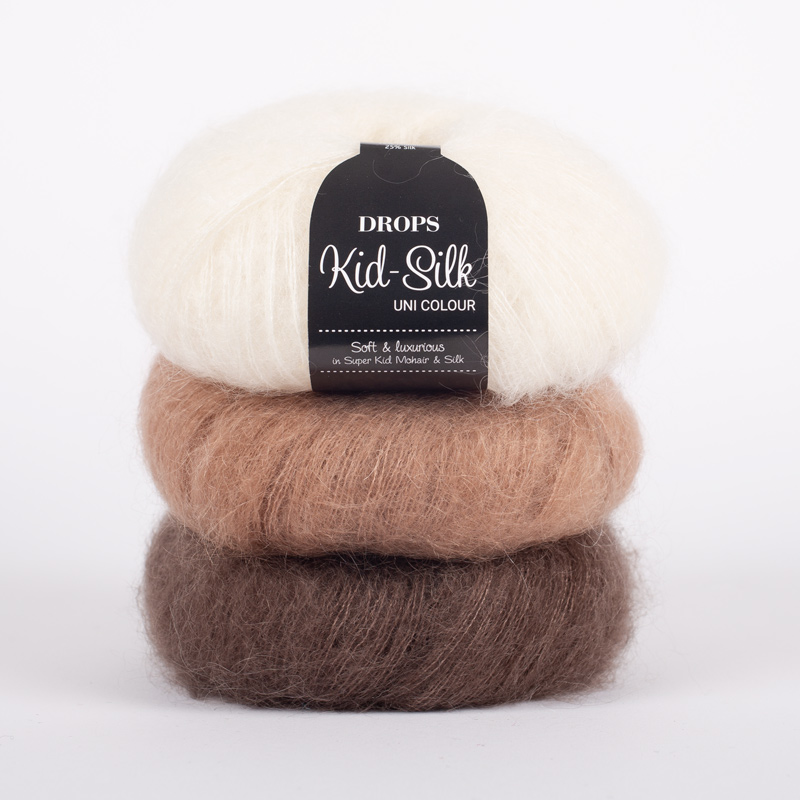
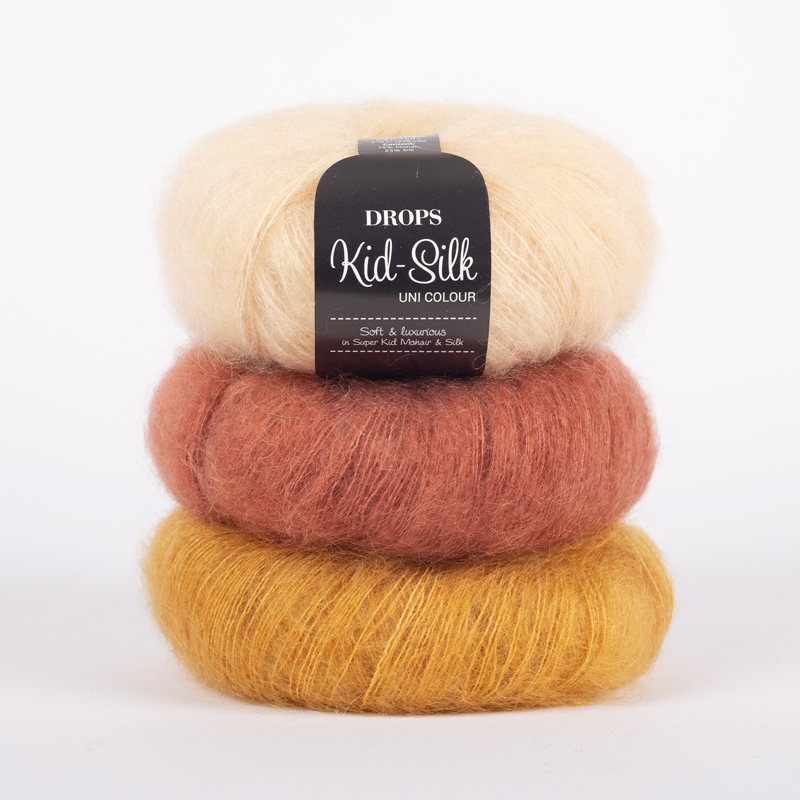

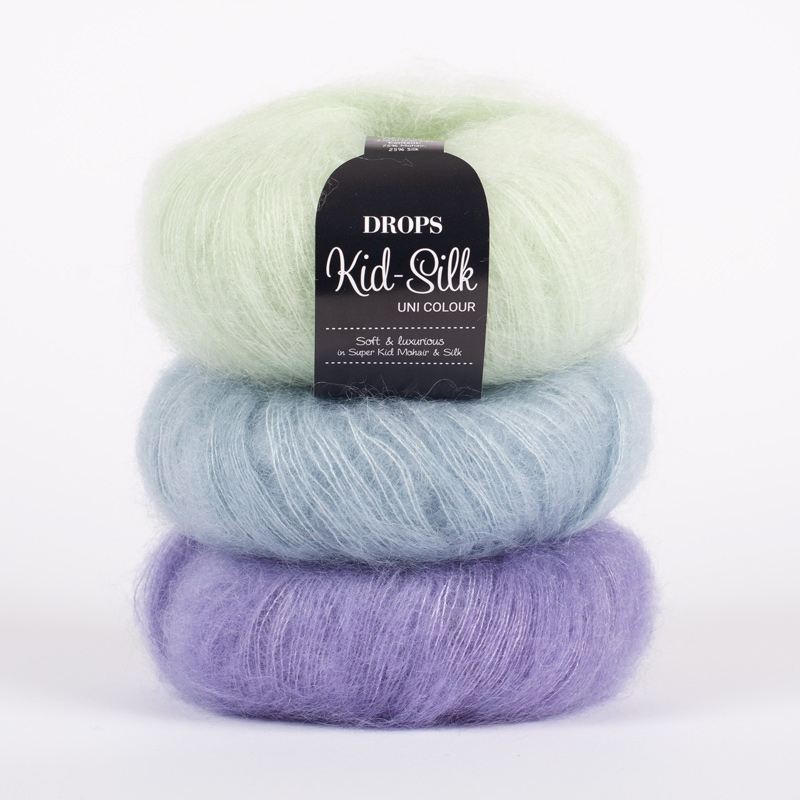
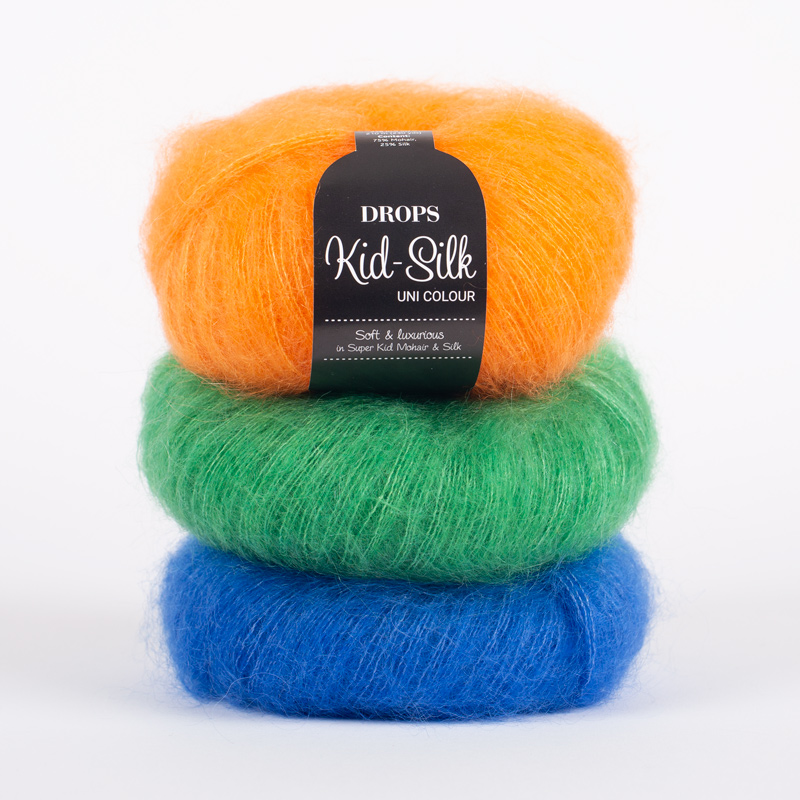









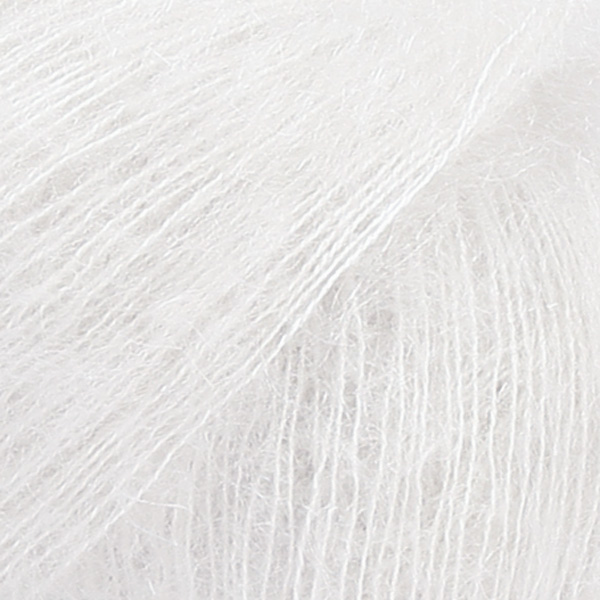
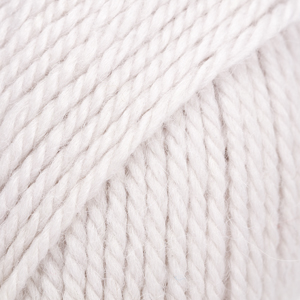



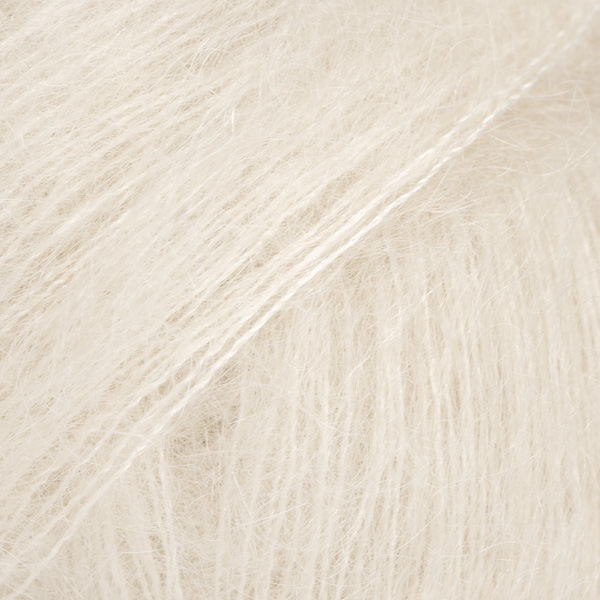










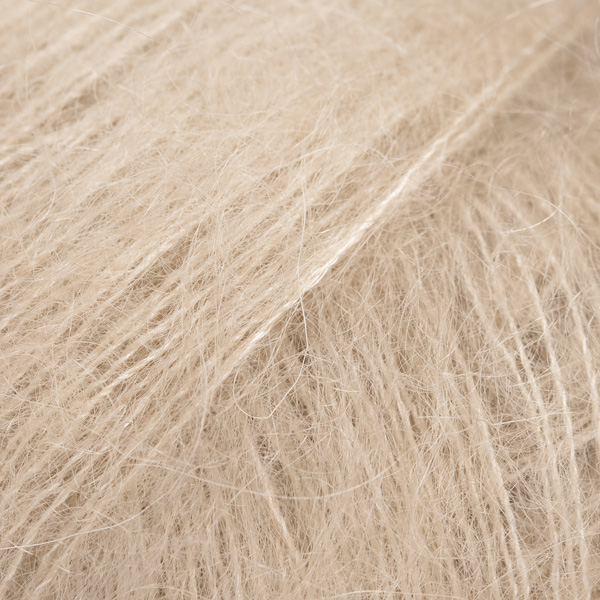
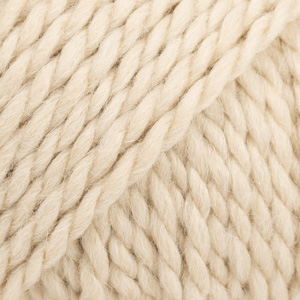





















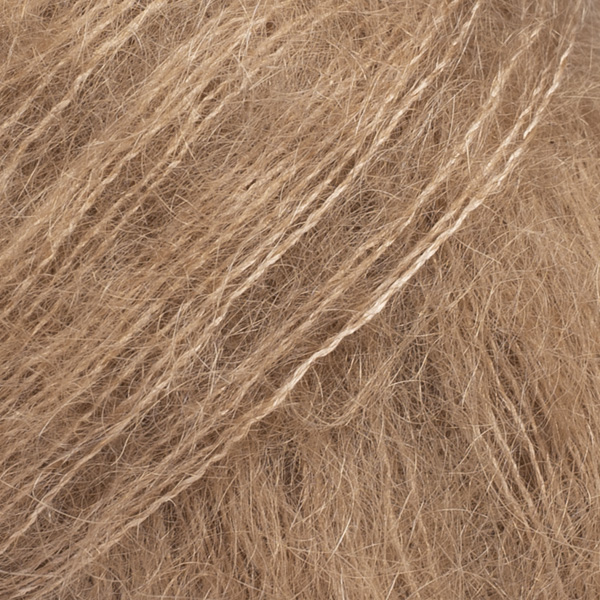

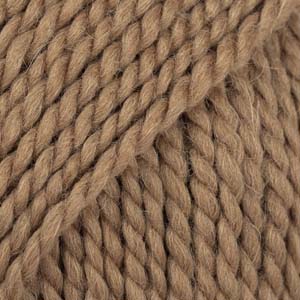



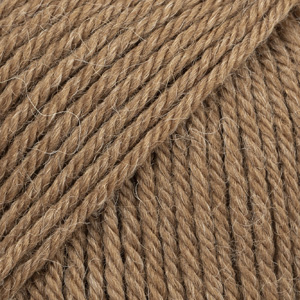




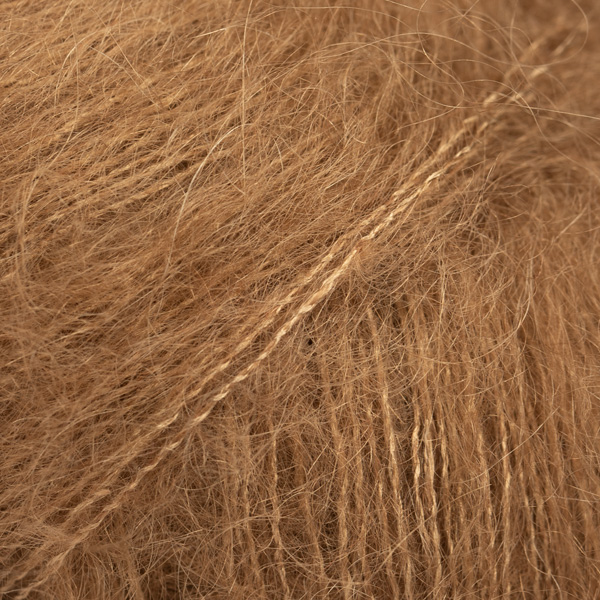


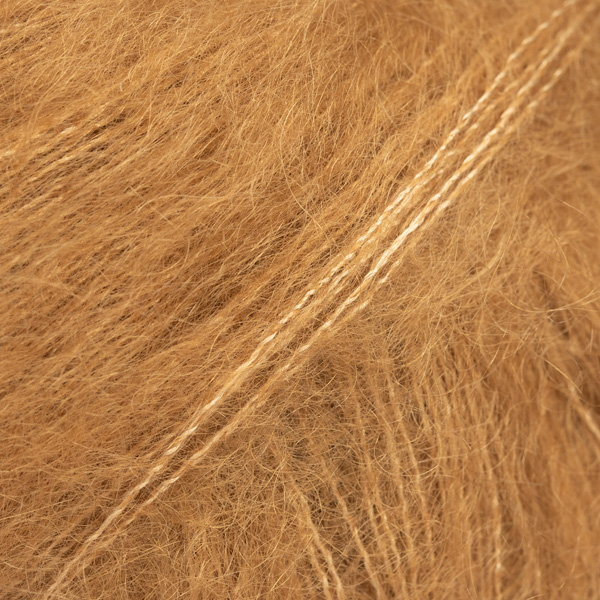








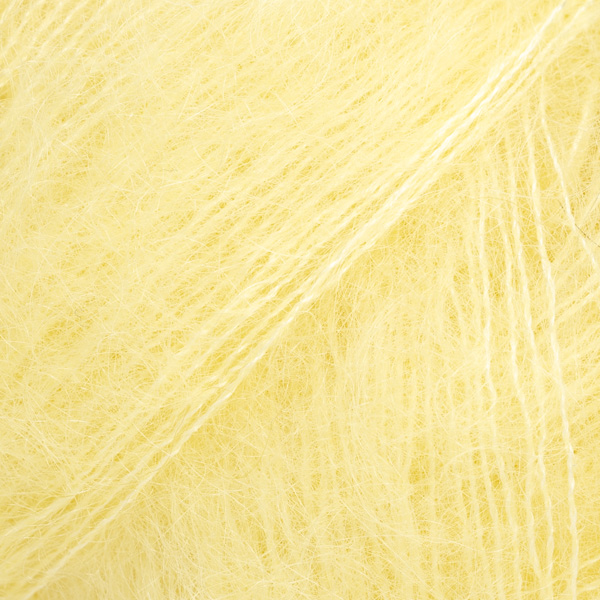




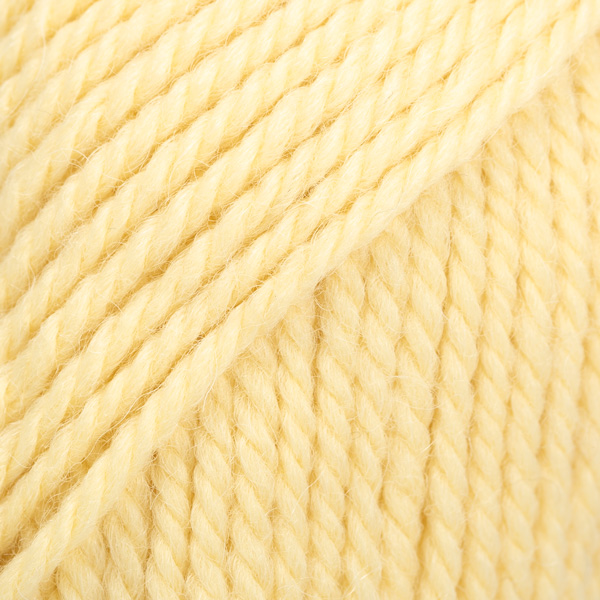


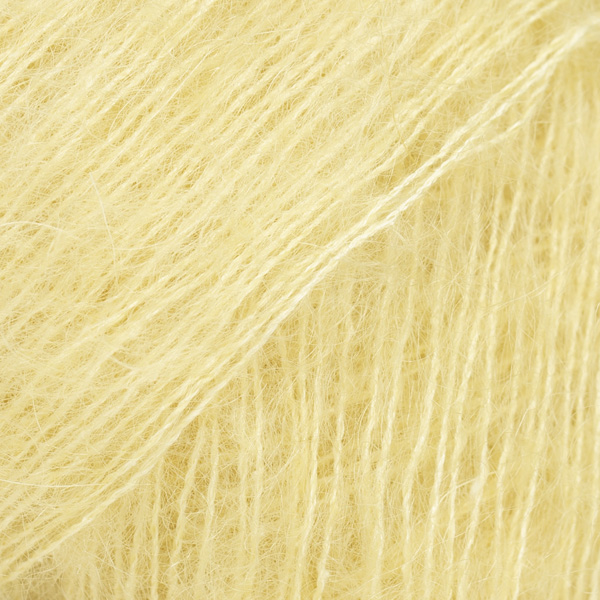



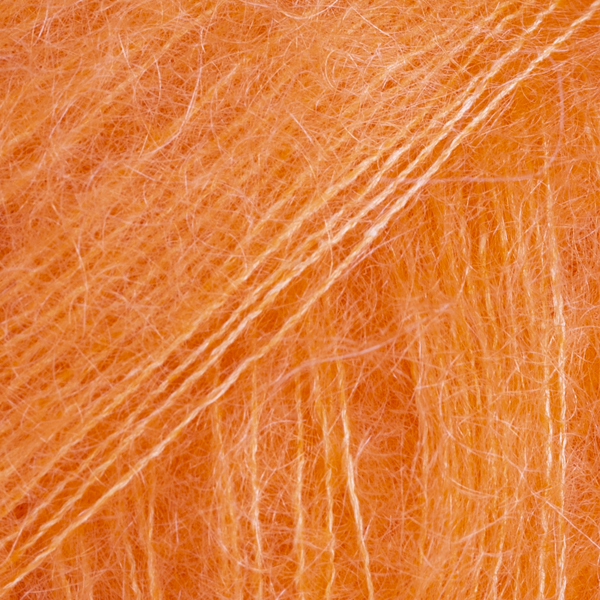







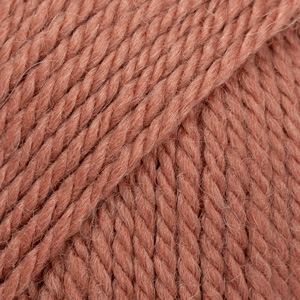

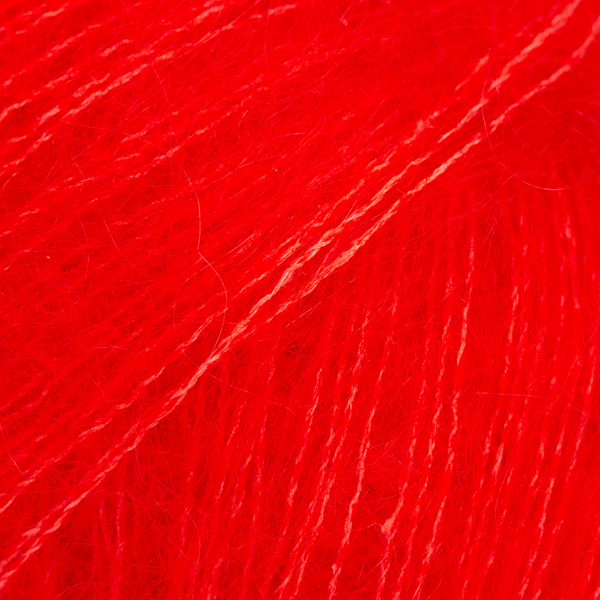








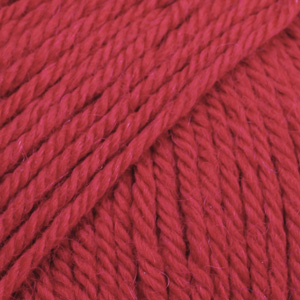



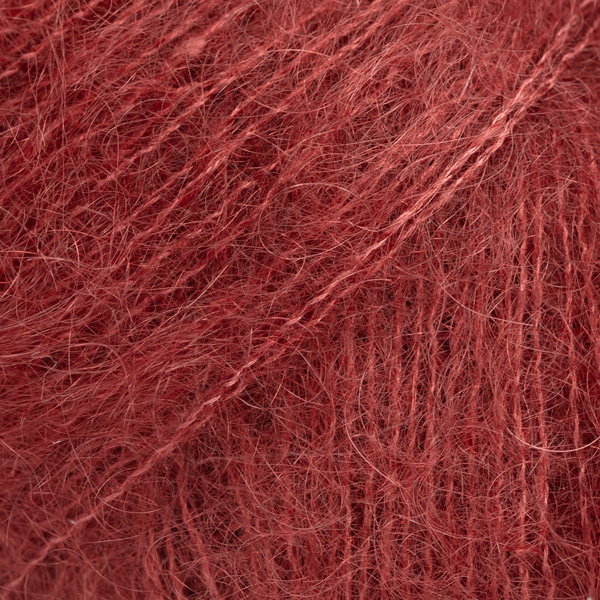



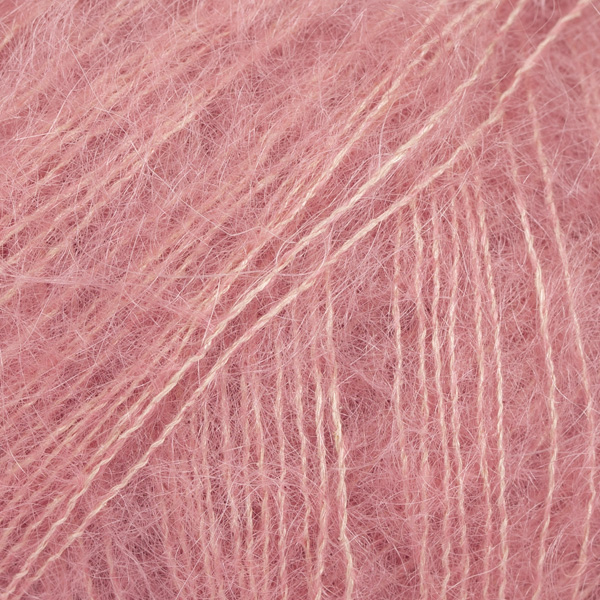




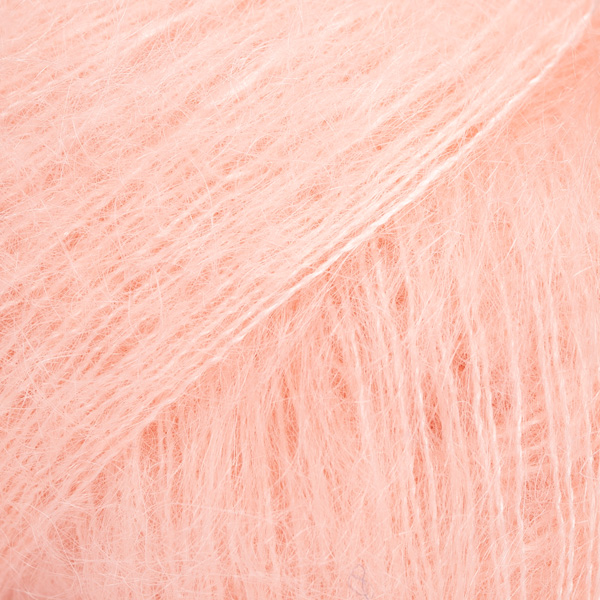



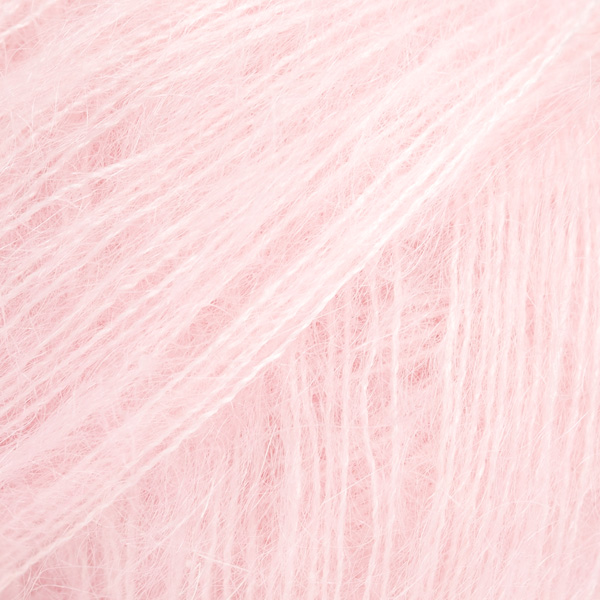
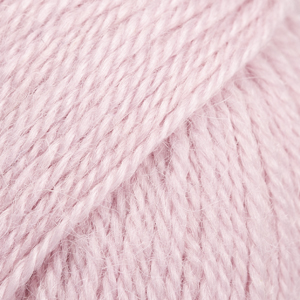







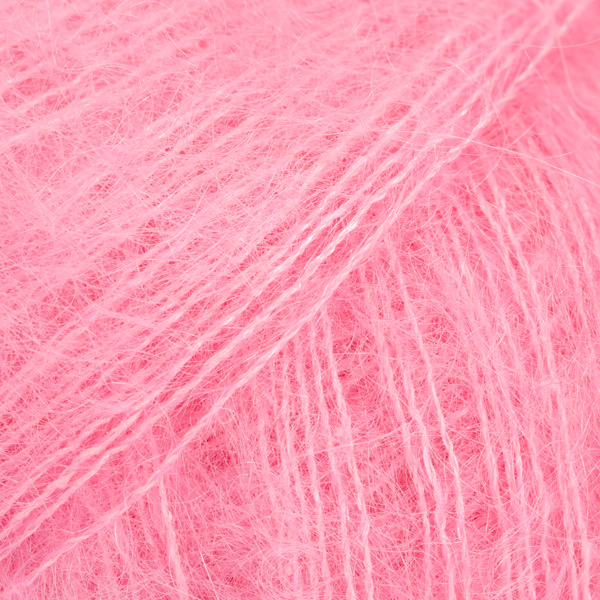











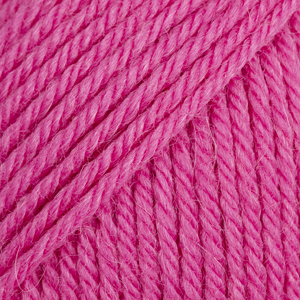





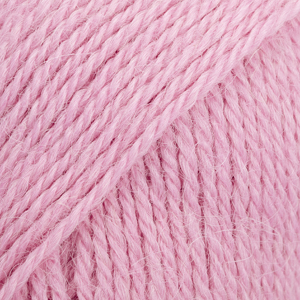




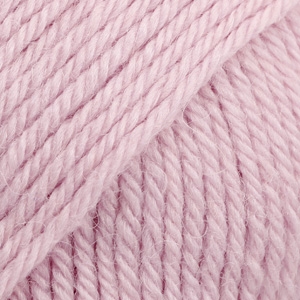


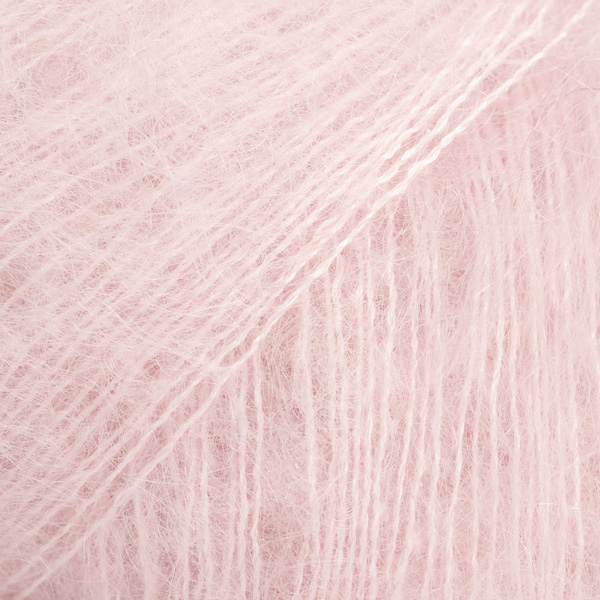

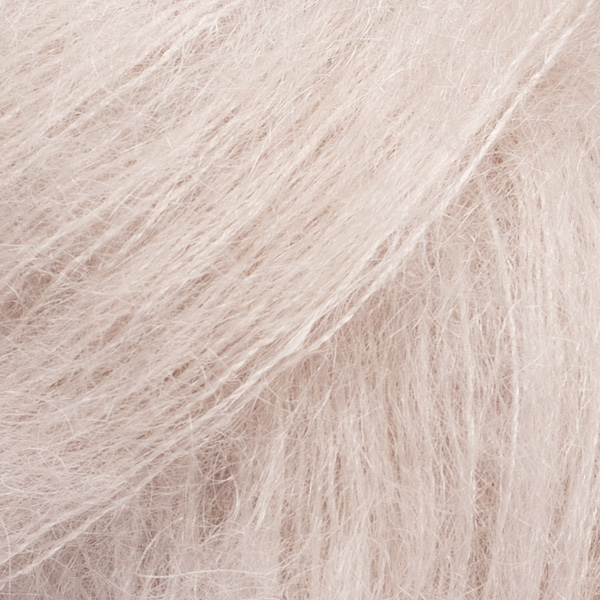




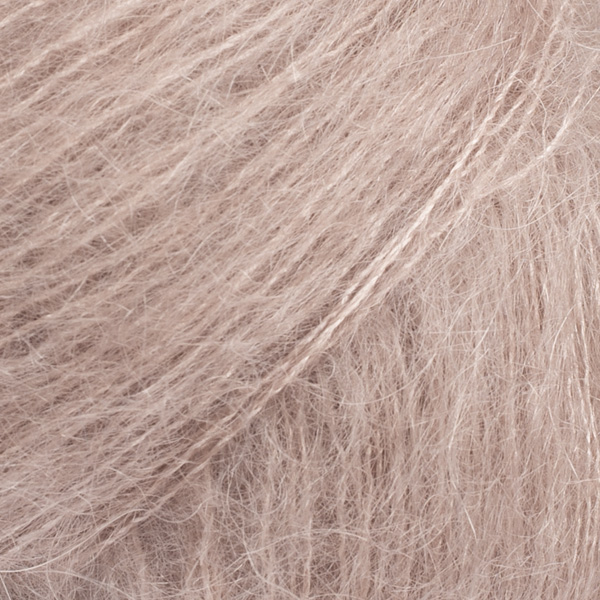






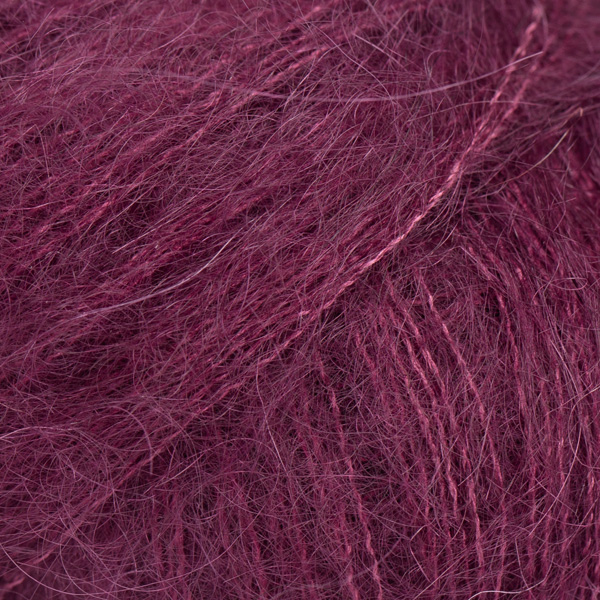
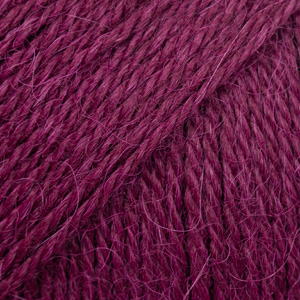

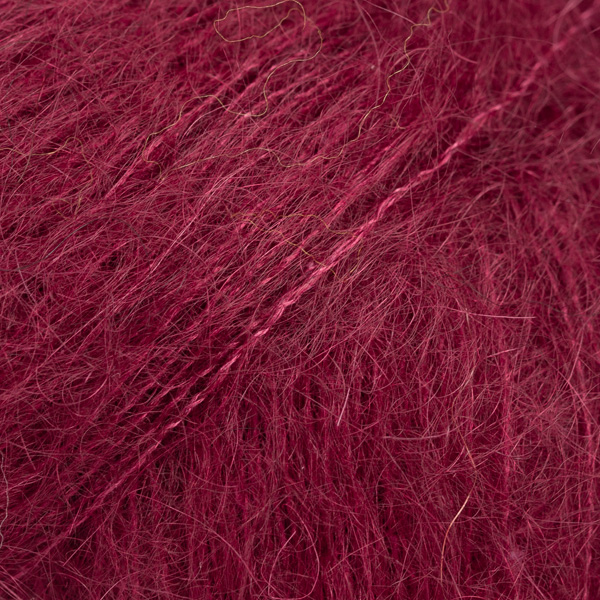







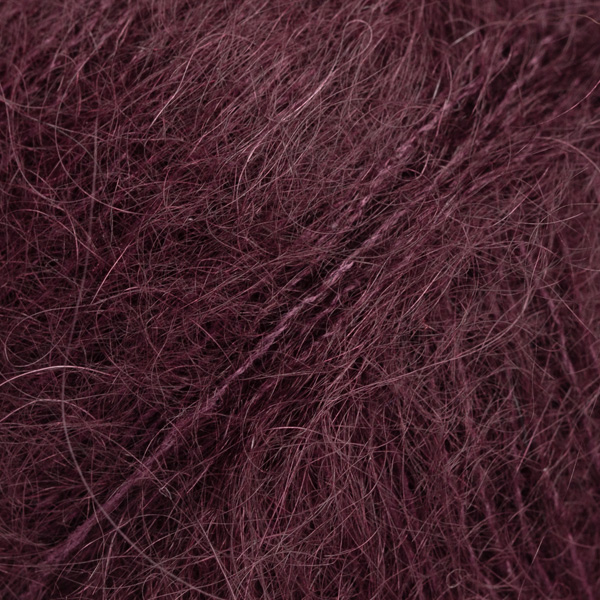



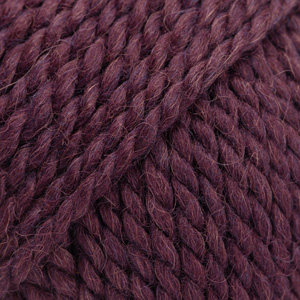





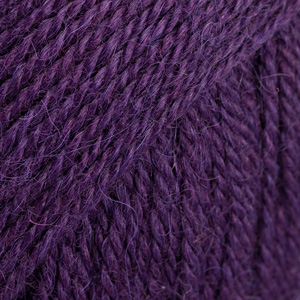



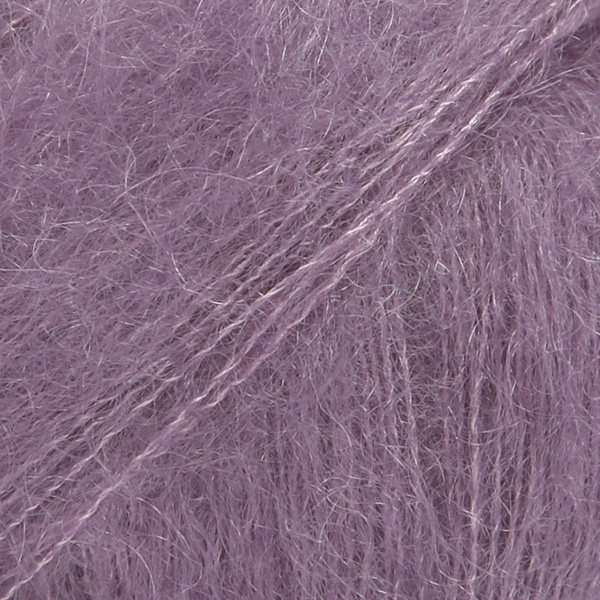
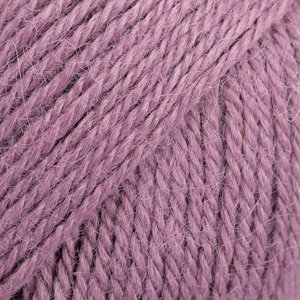

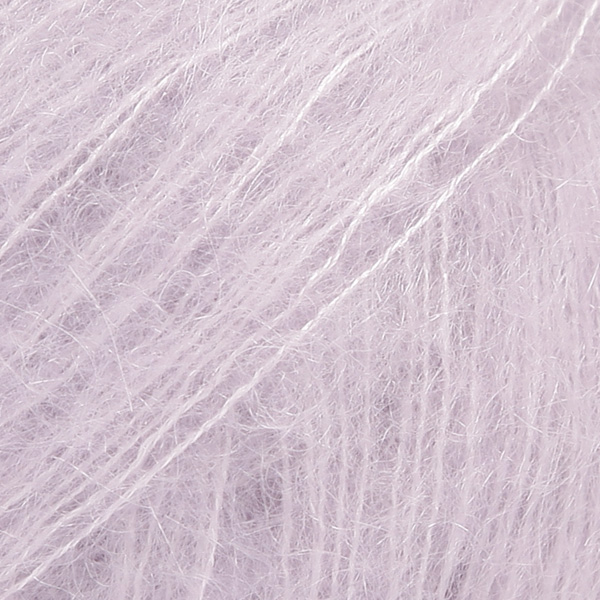


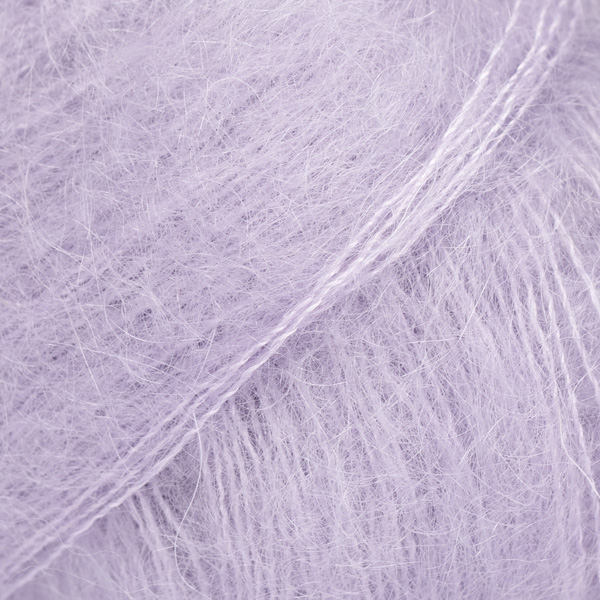








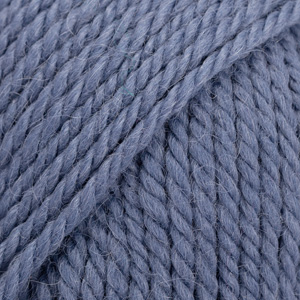





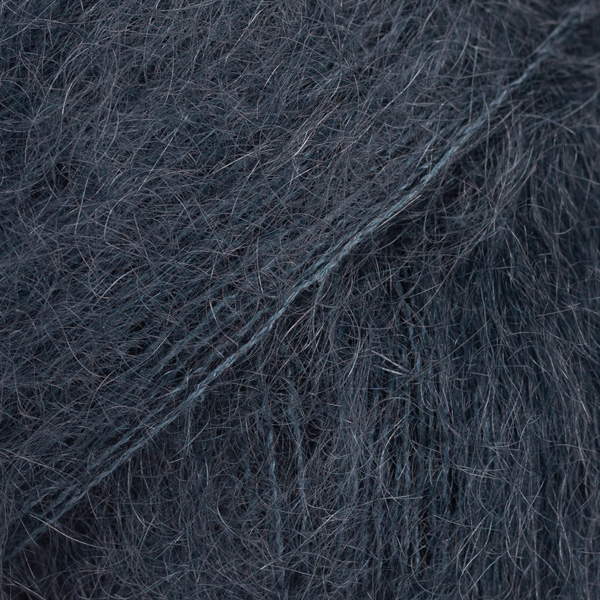




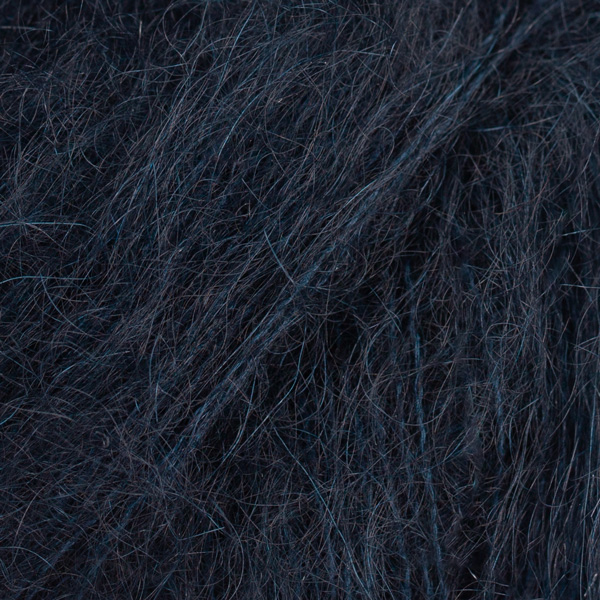






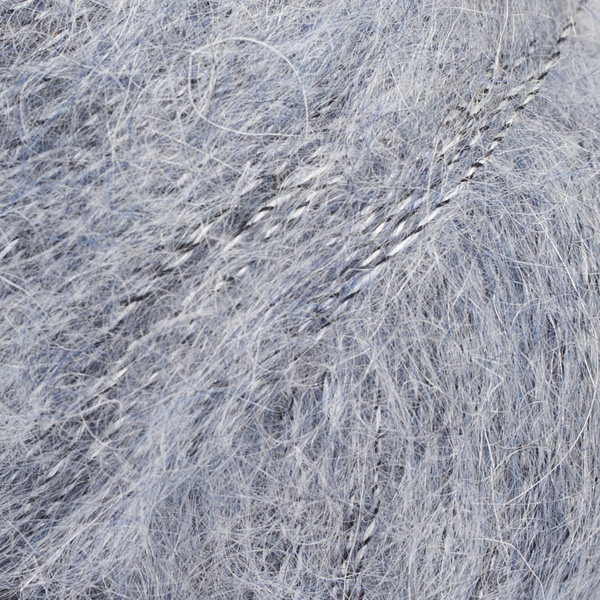













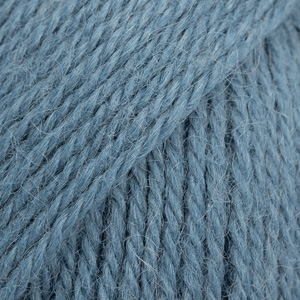







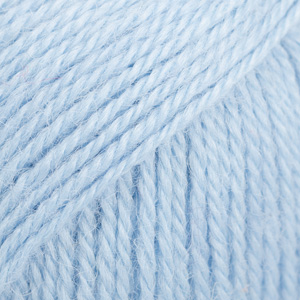

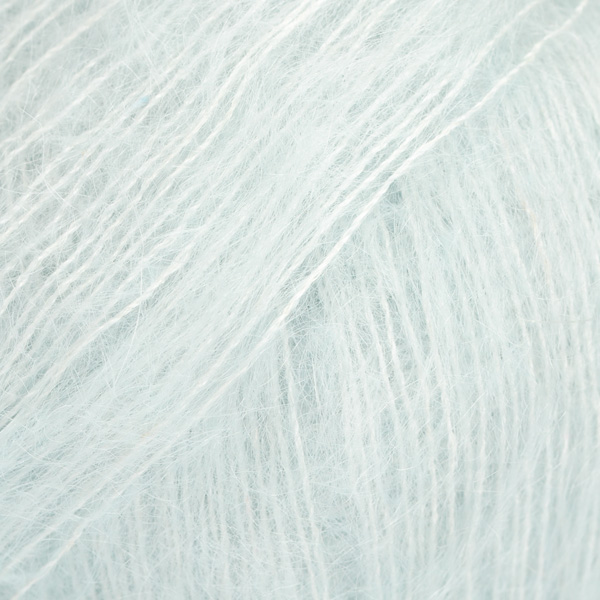


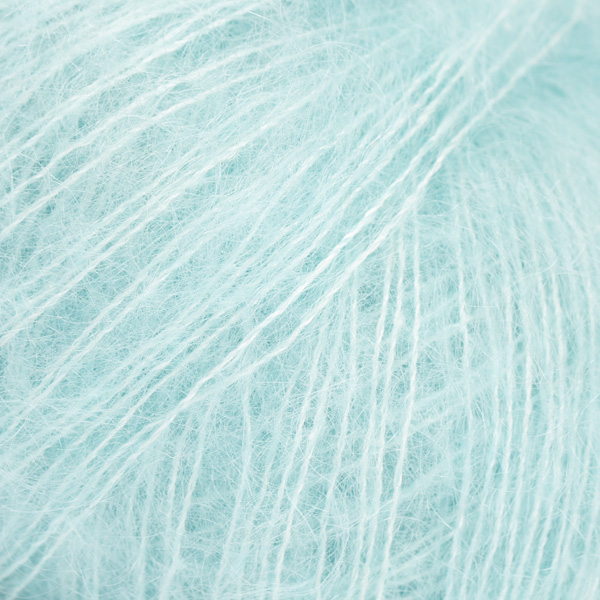











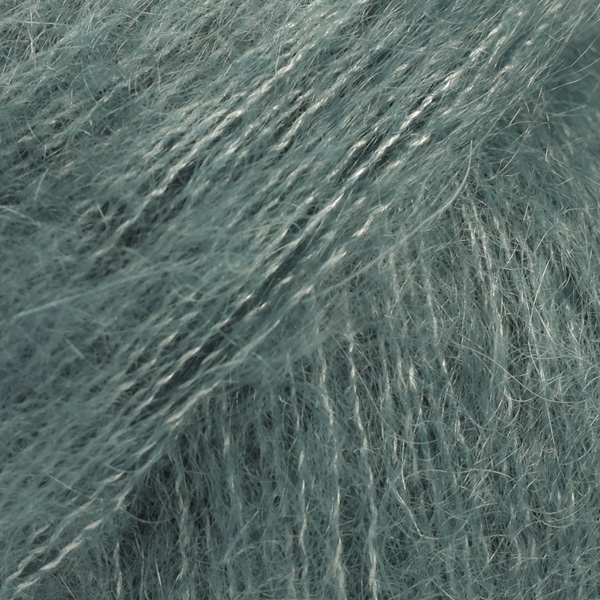




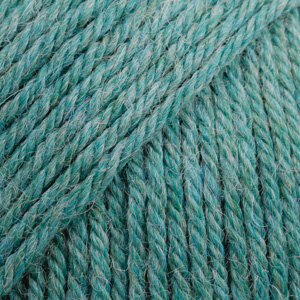




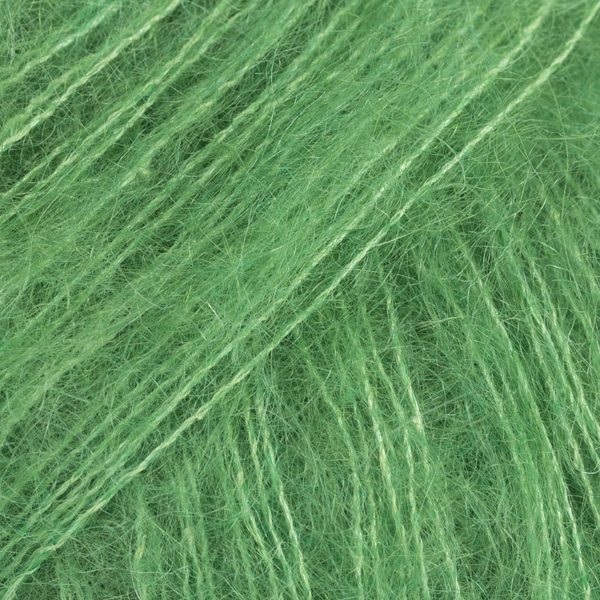












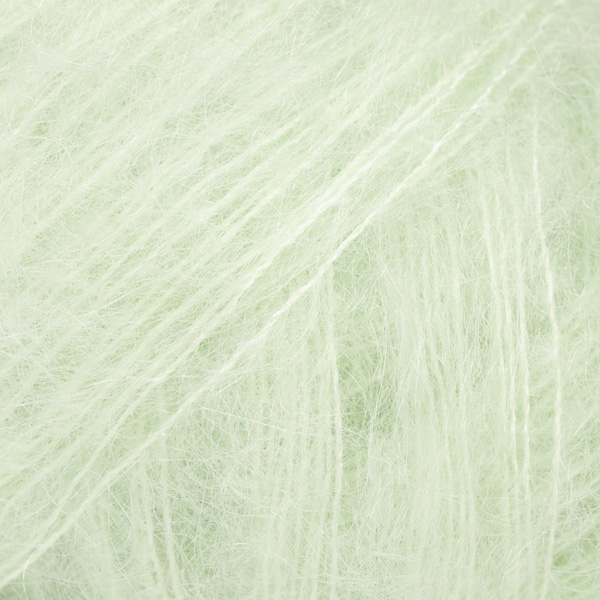

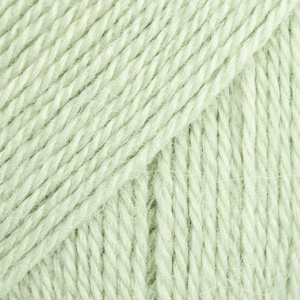






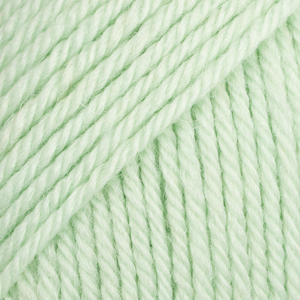

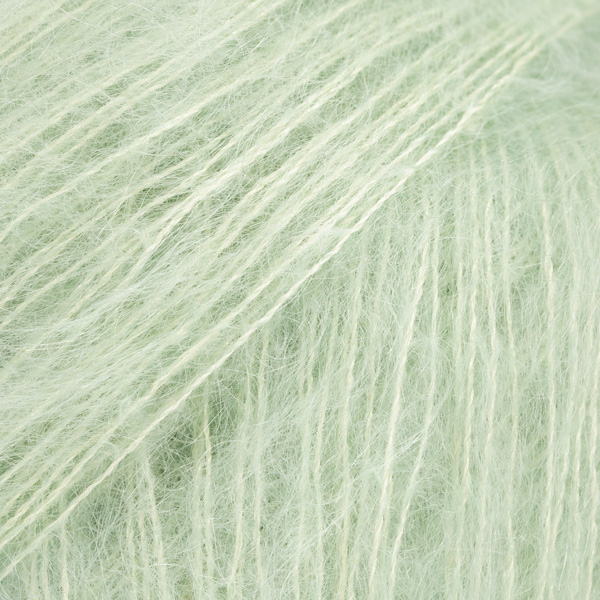

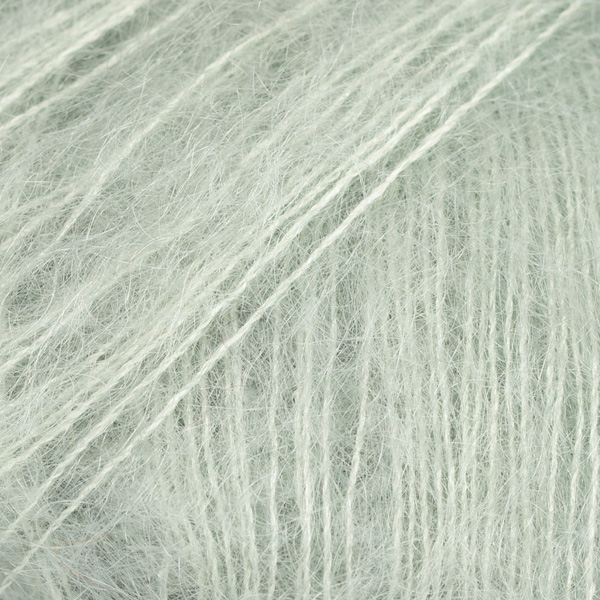



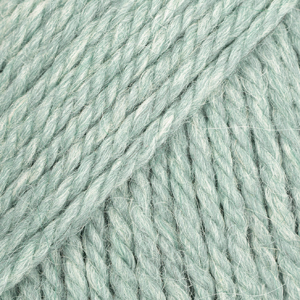






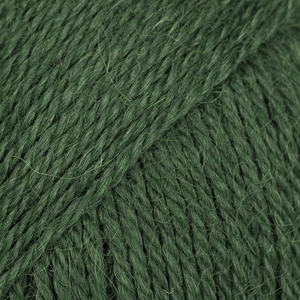


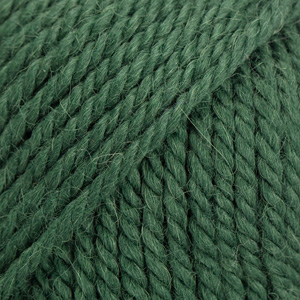



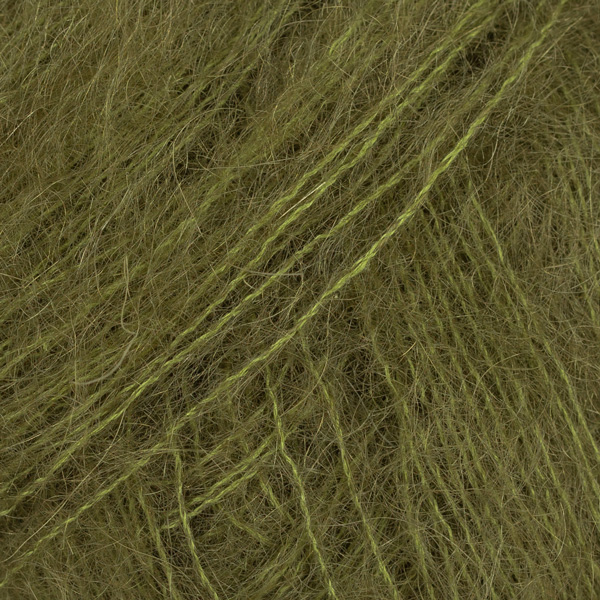






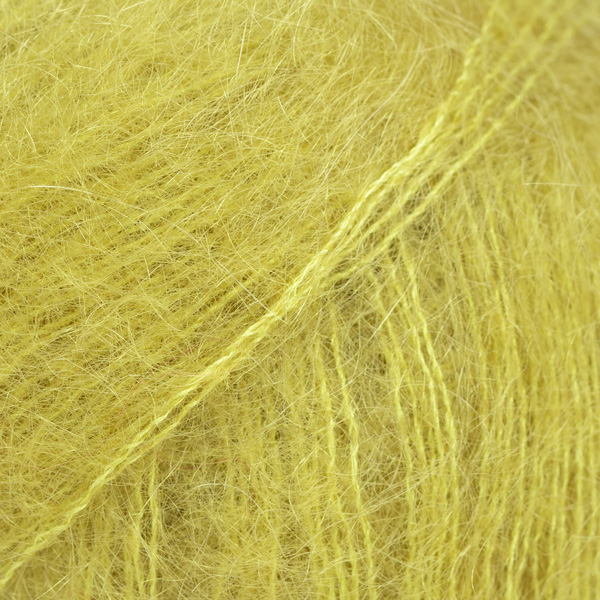





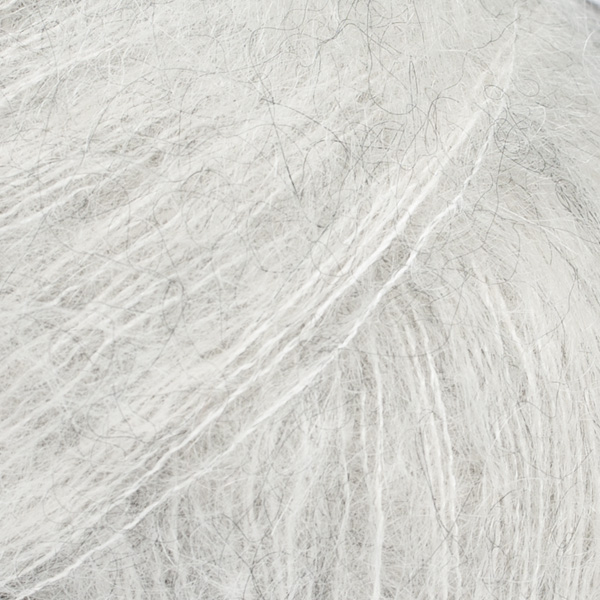


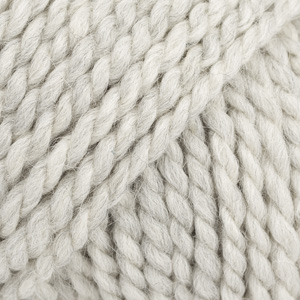












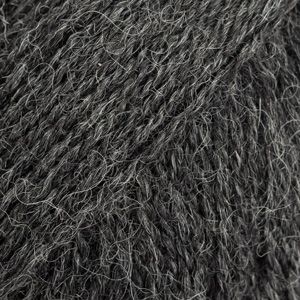



















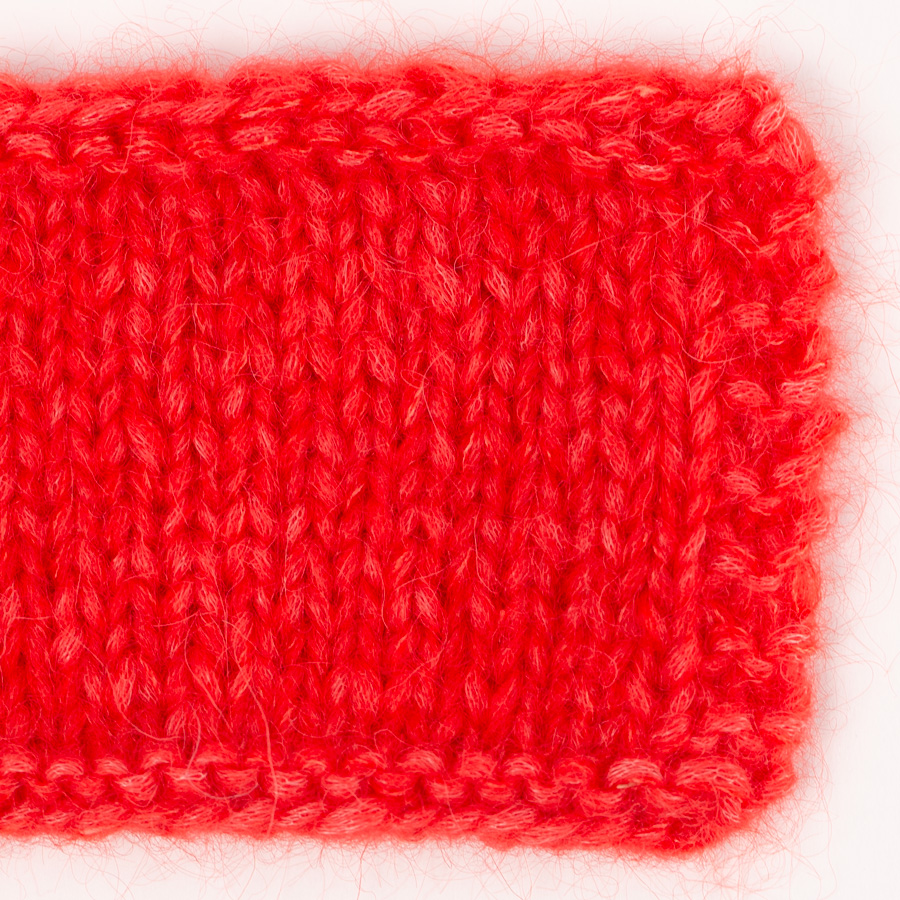
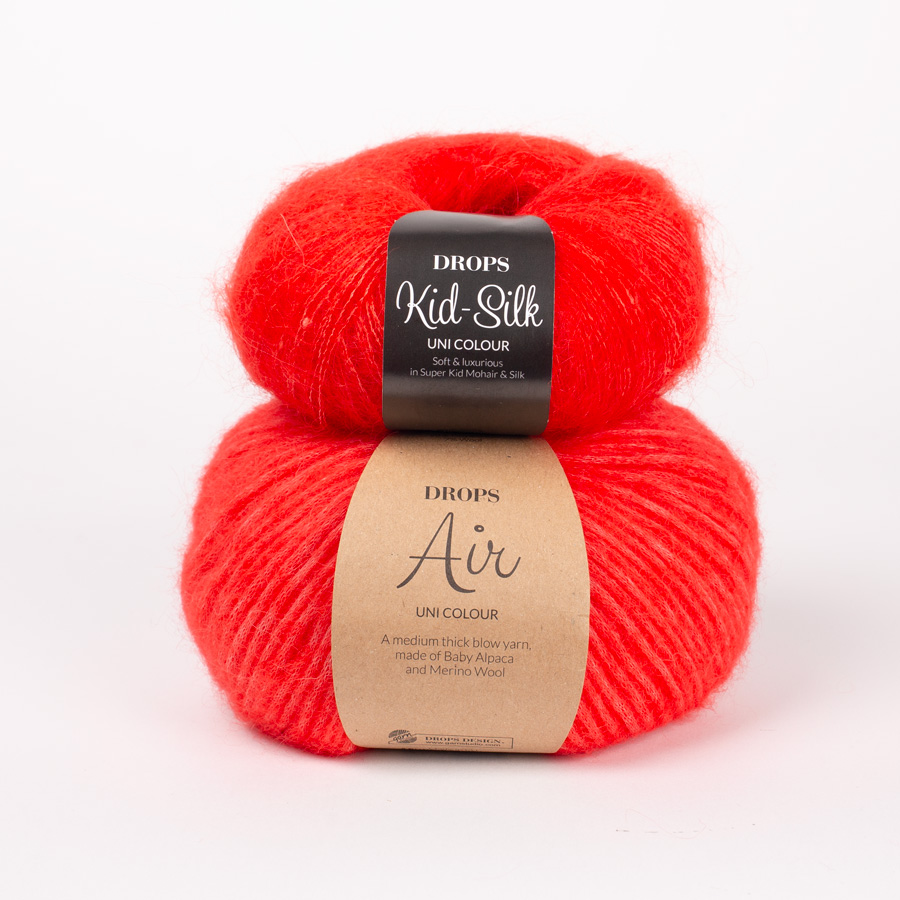
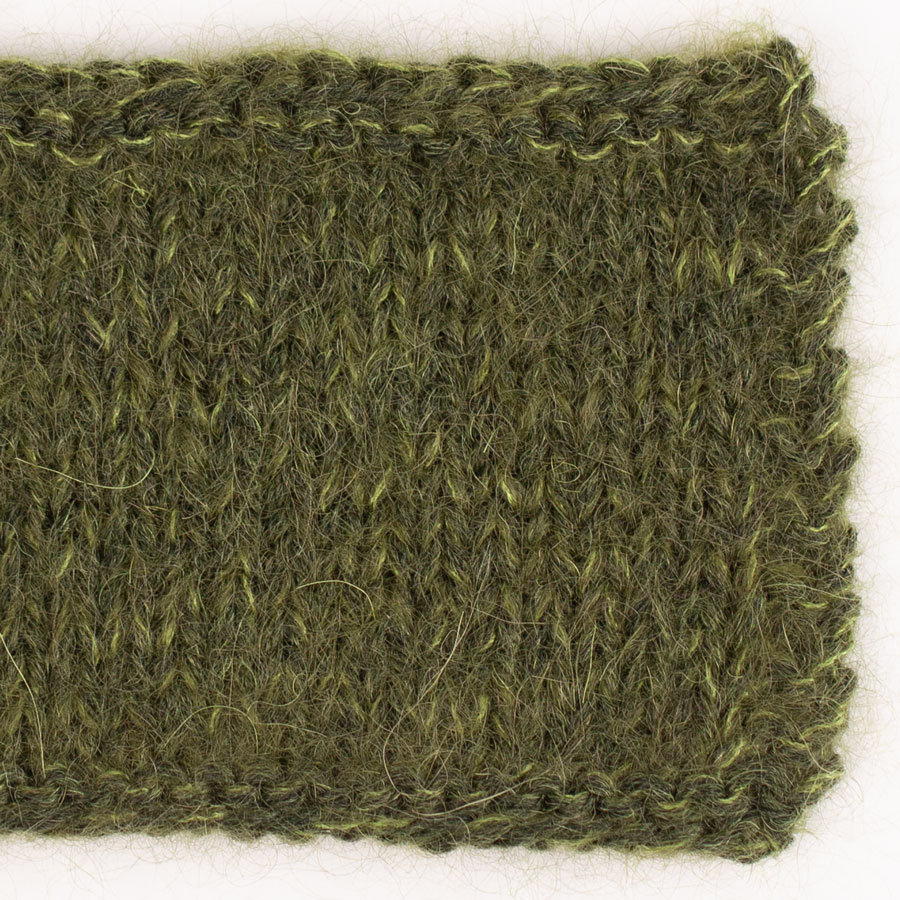
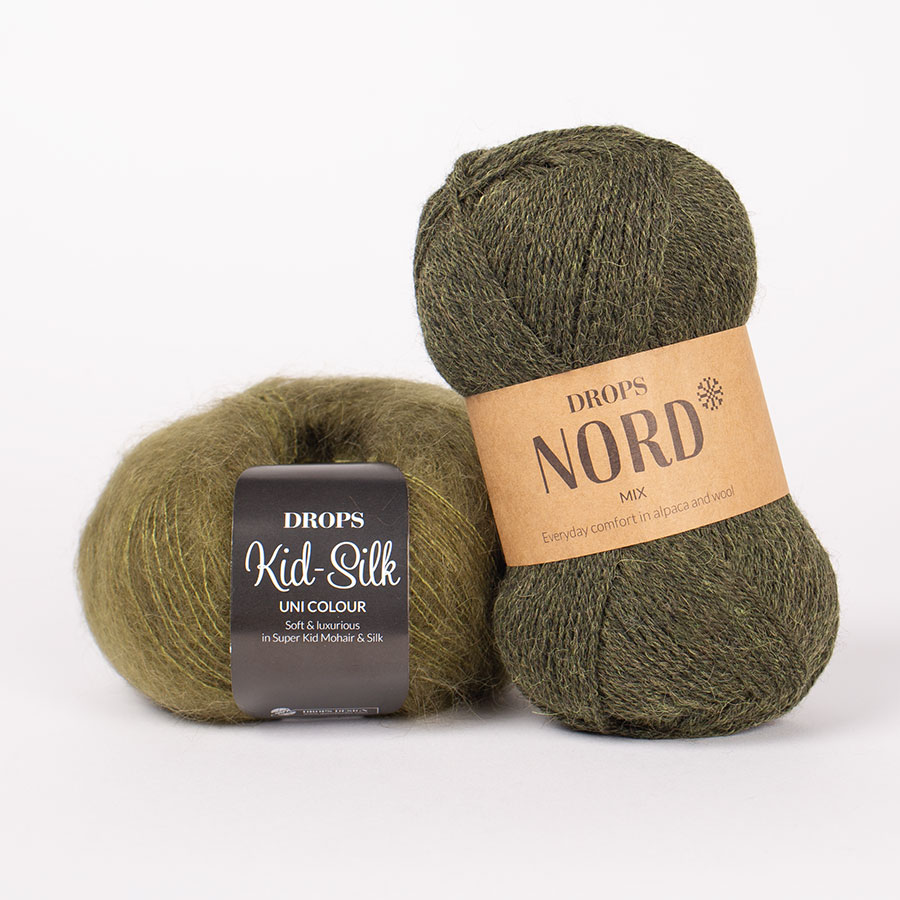
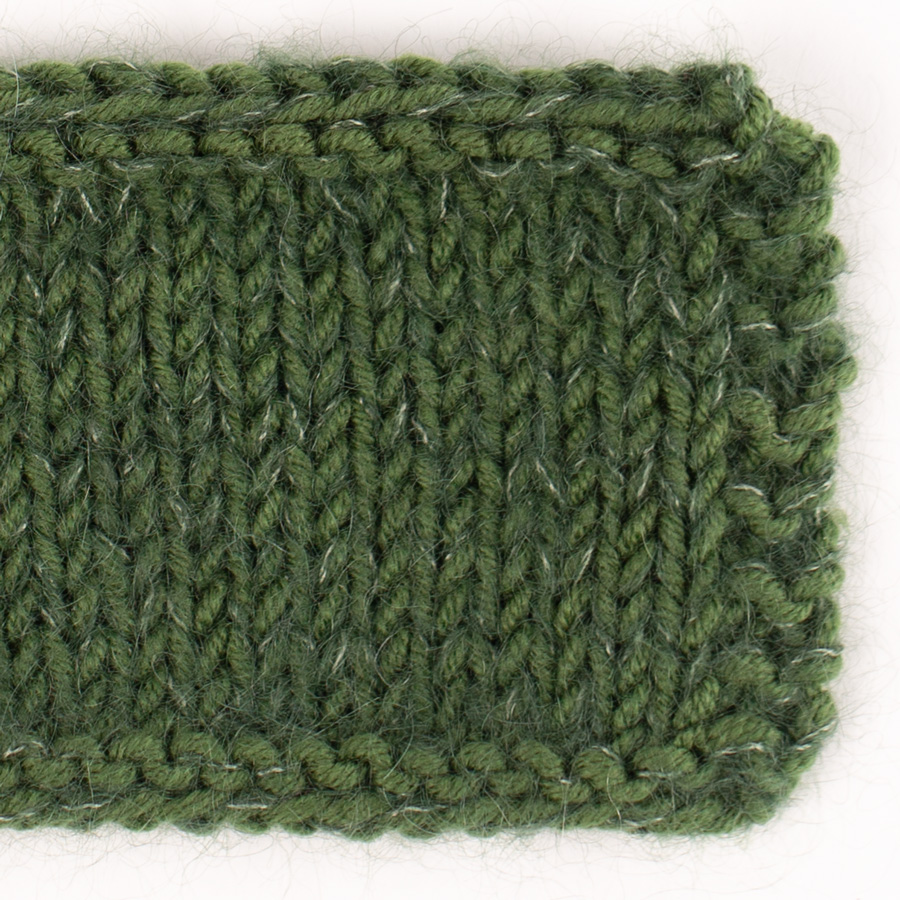
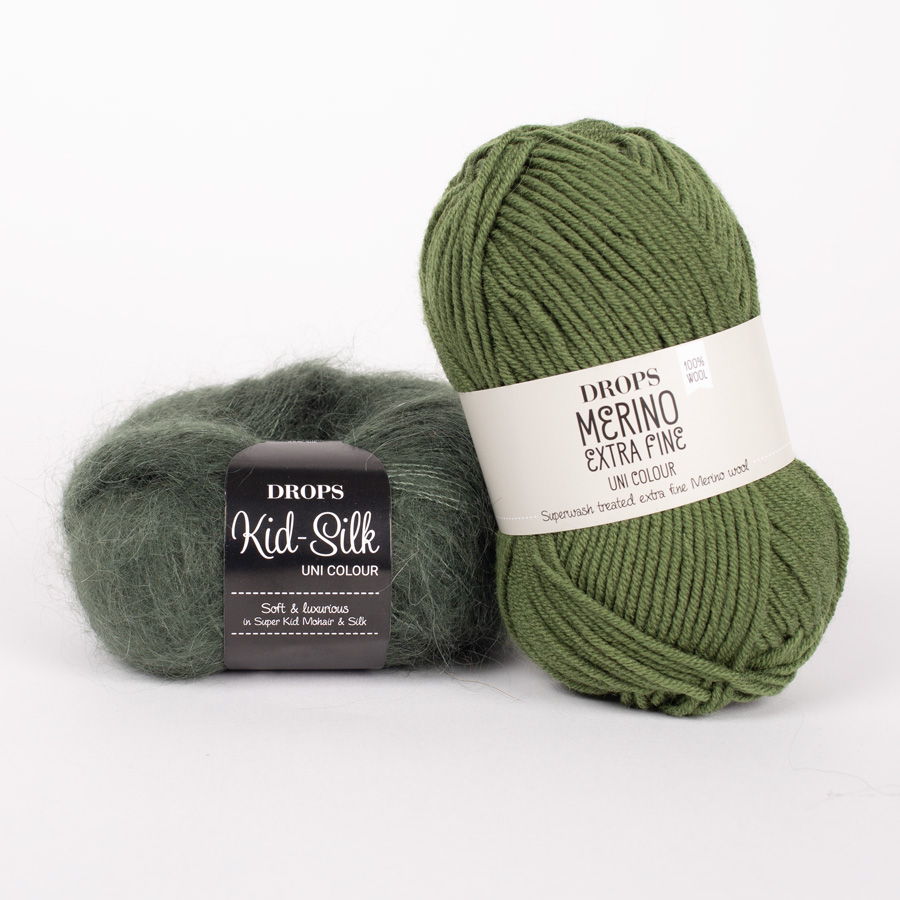
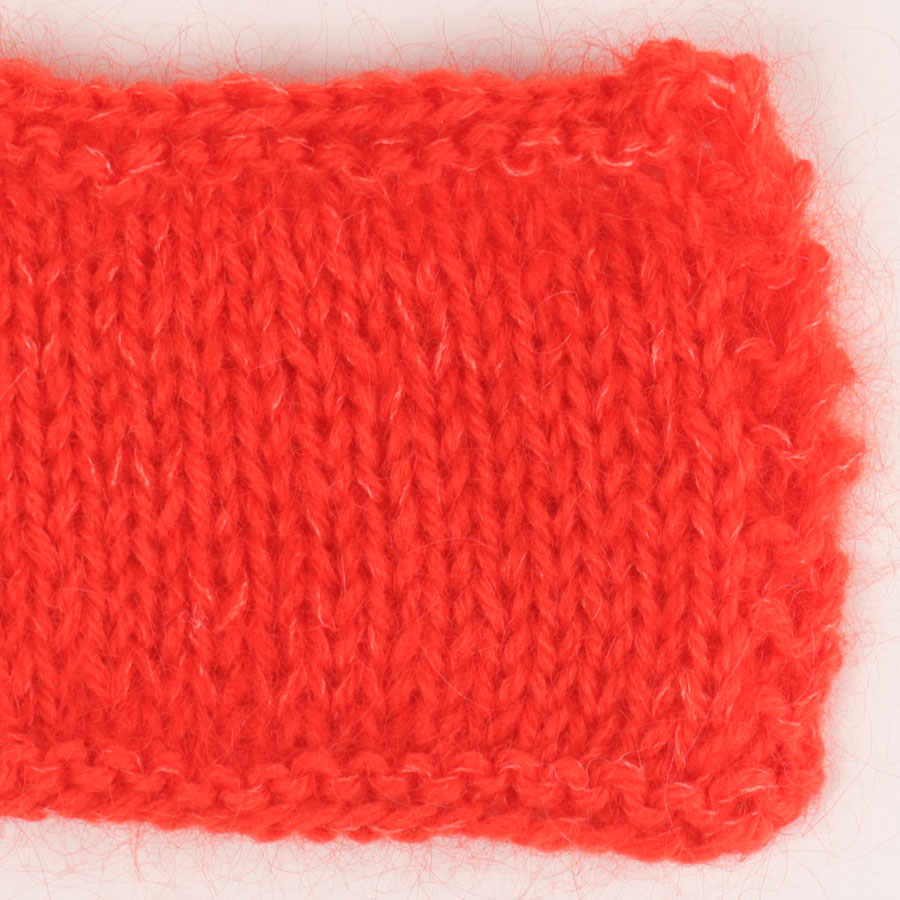
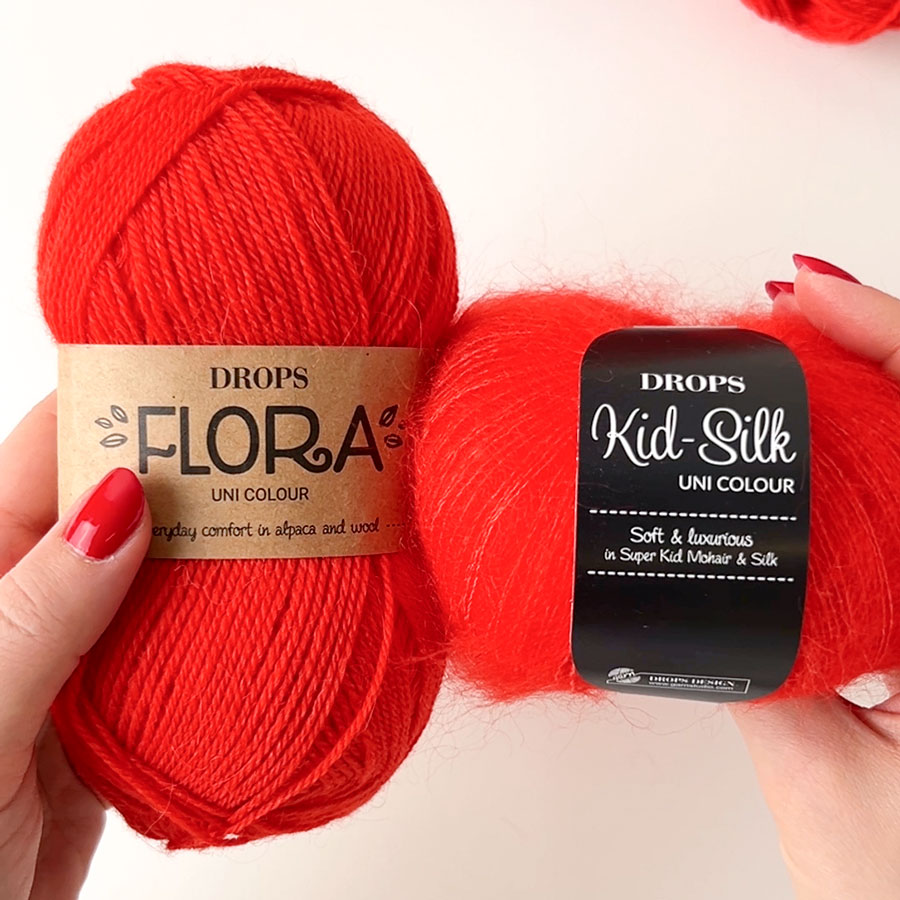
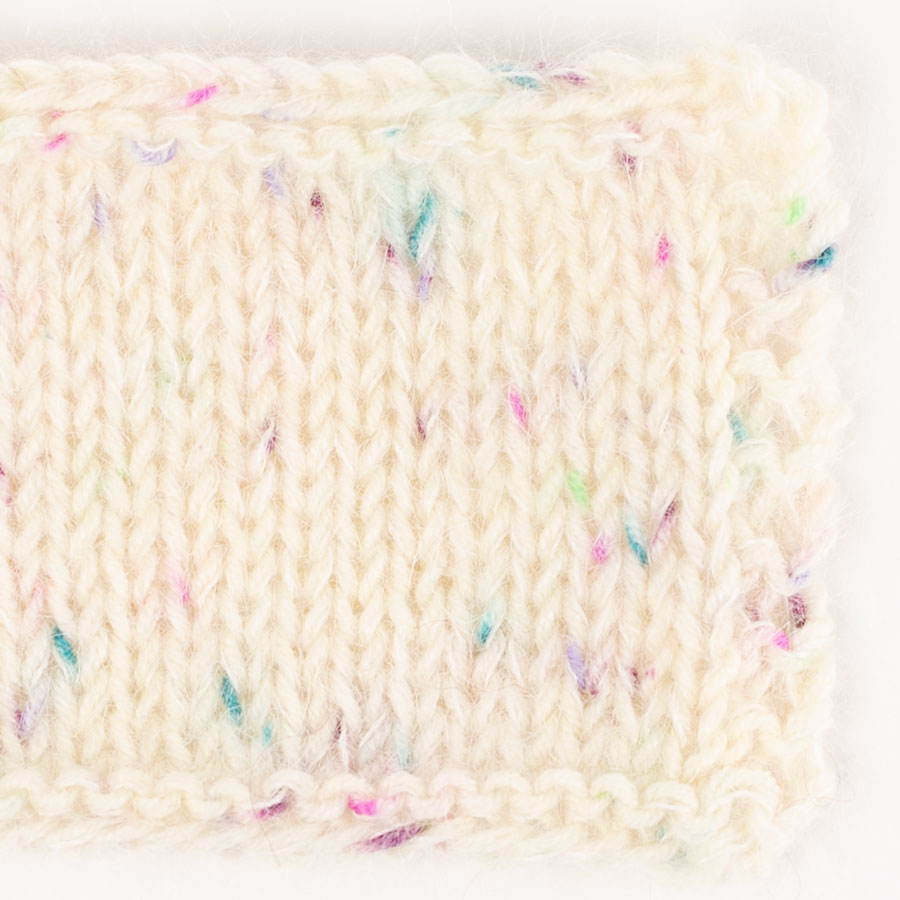
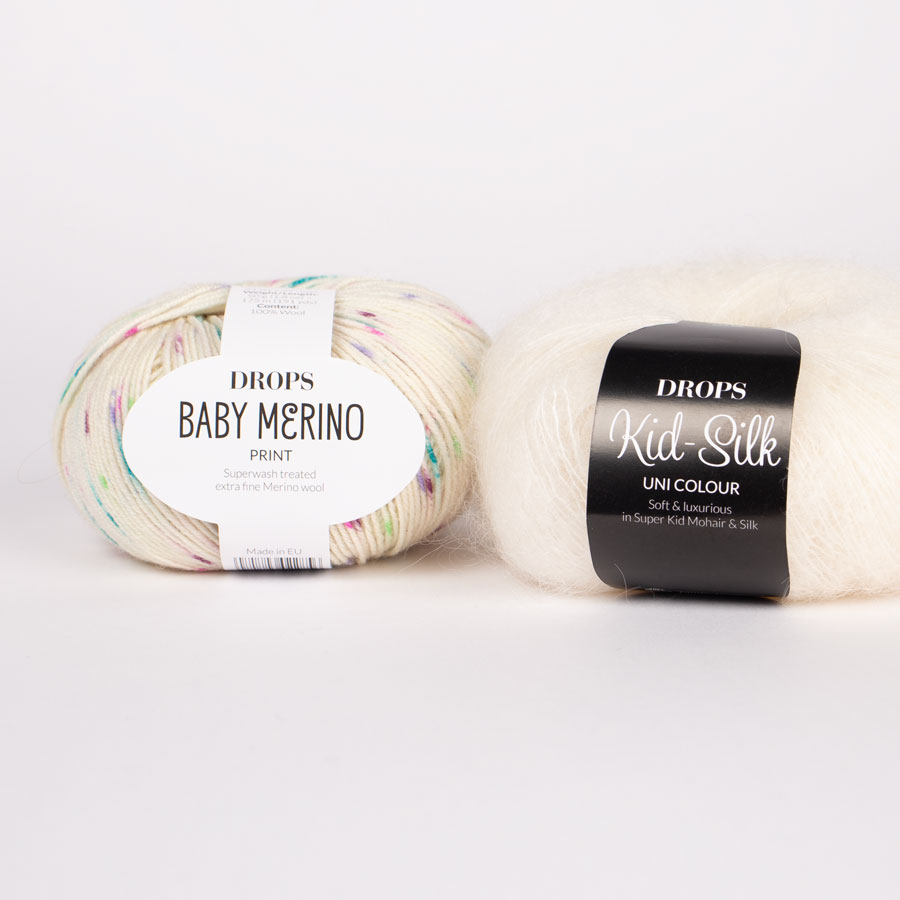
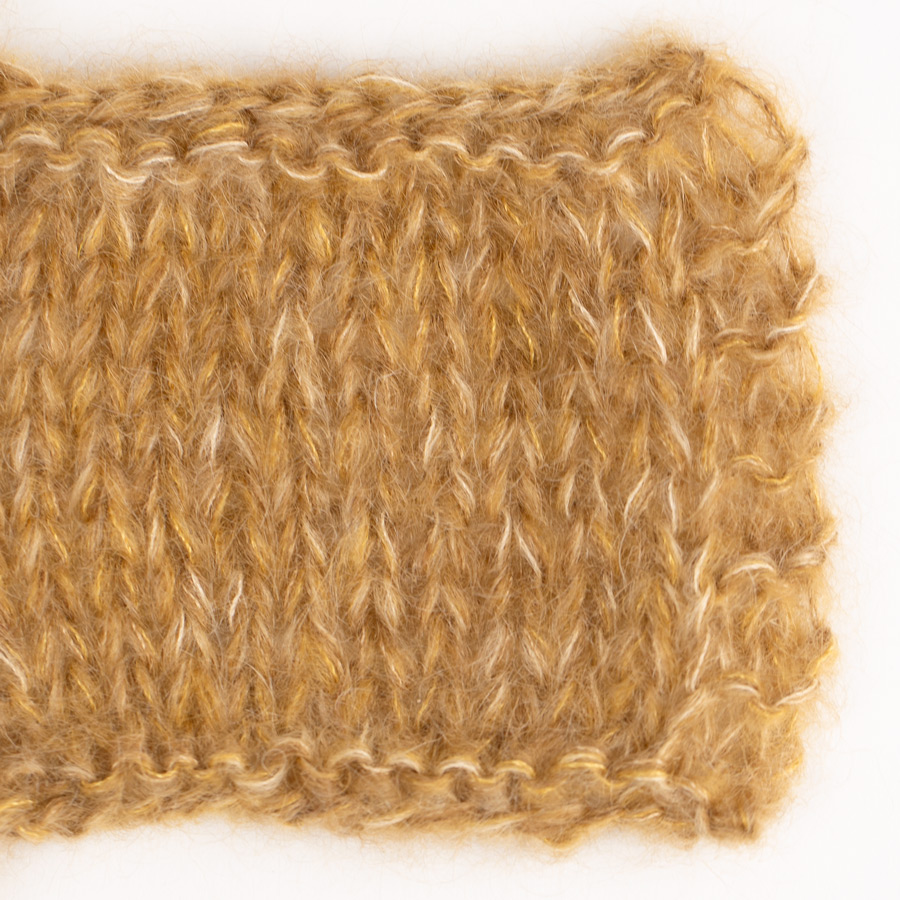
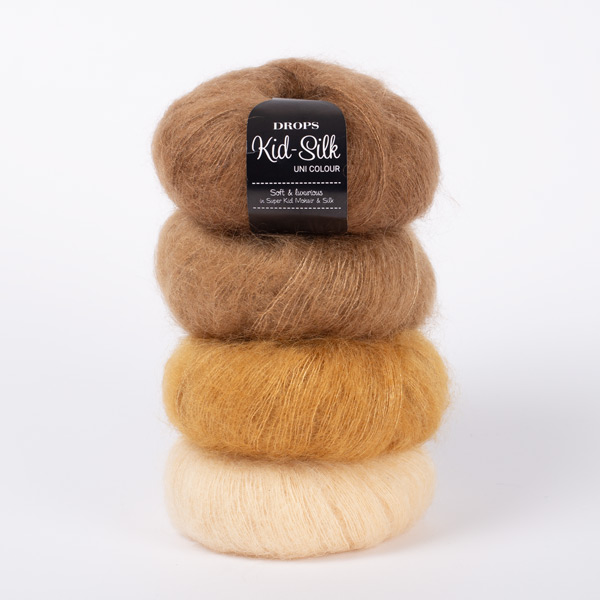
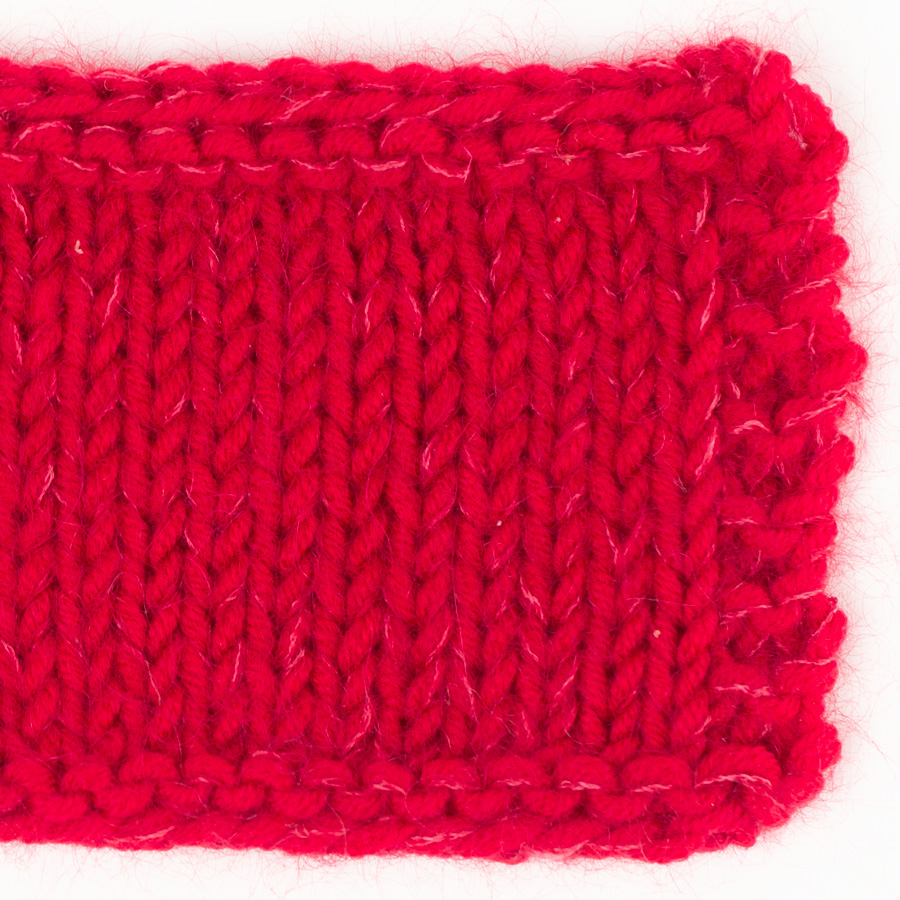
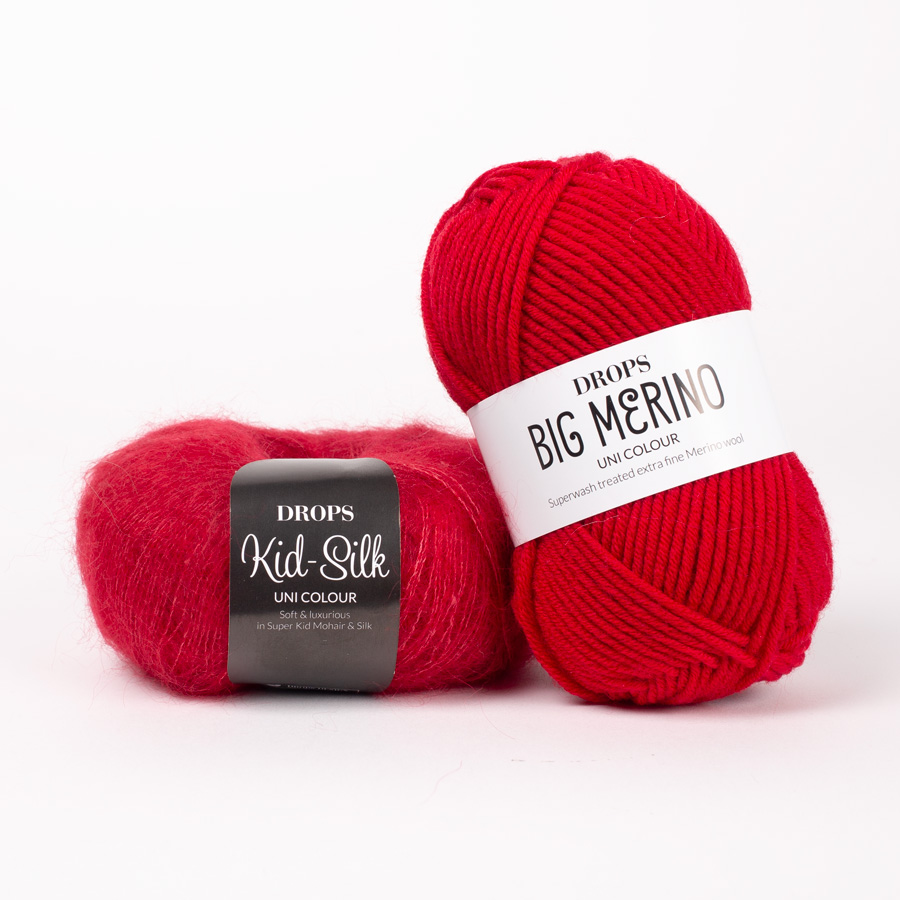
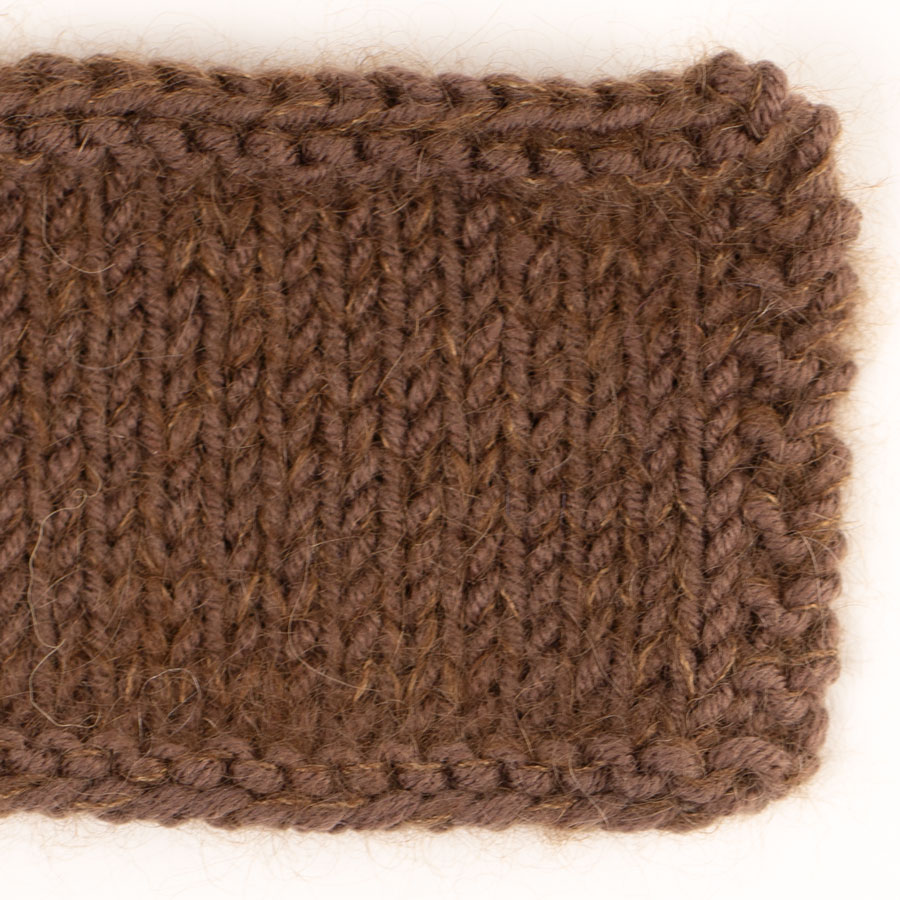
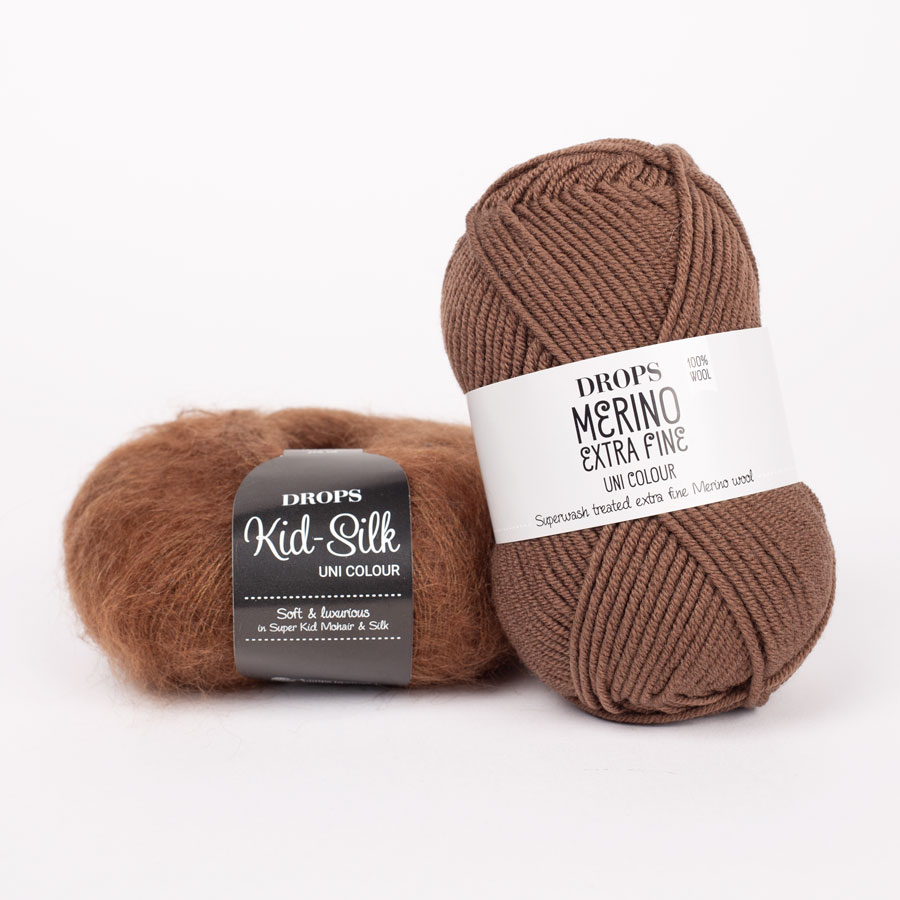


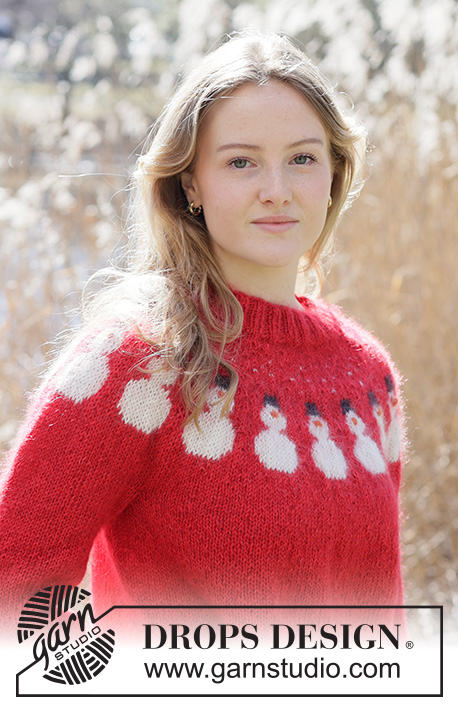
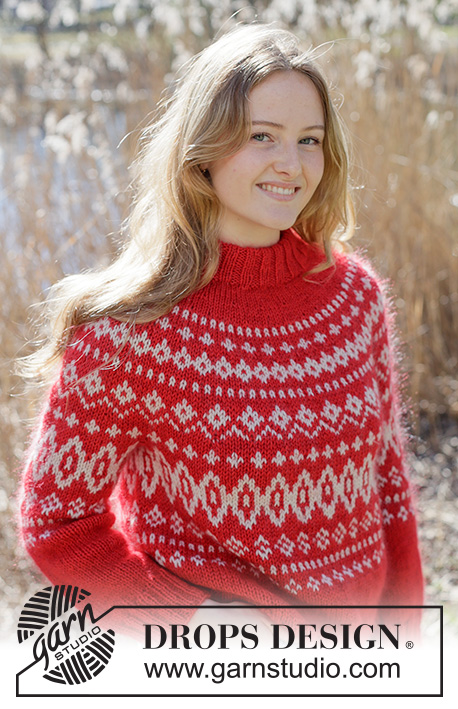






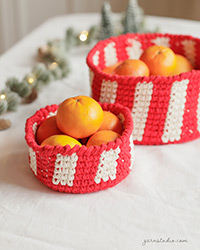
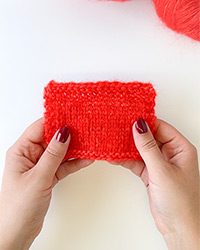
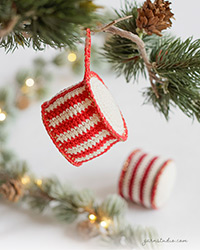



Aan Caroline,ik heb een bernadette pull gebreid met 4draden en ik heb 9 bollen gebruikt.
01.12.2015 - 16:34